Parts of a Bike: What Each Part Does & Why It’s Important
Uncover the inner workings of a bicycle with this detailed blog post. Explore the key components that make up a bike and enhance your riding knowledge!
When broken down into smaller parts, bicycles are pretty simple machines. There are two wheels, some gears, pedals, and a way to steer in a straight line.
But like most things, even though they’re ‘simple’ there are still a lot of terms and concepts to learn about them, especially when it comes to bike anatomy.
In this post, I’ve compiled a glossary of common bike anatomy terms, along with accompanying diagrams, to help you understand everything from gears to handlebars. I even learned a few things myself while doing the research!
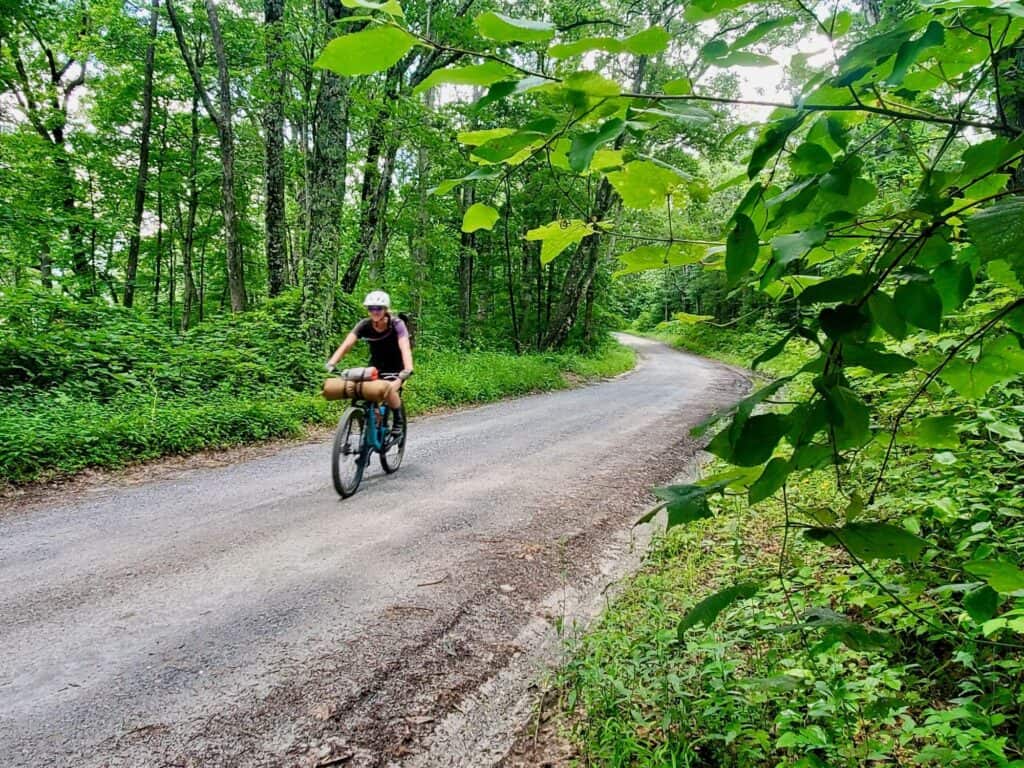
Need Help Planning Your Trip?
New to bikepacking? I’d love to help you plan your first (or next) overnight trip! Click the link below to set up a Q & A session.
Bike Frame Parts
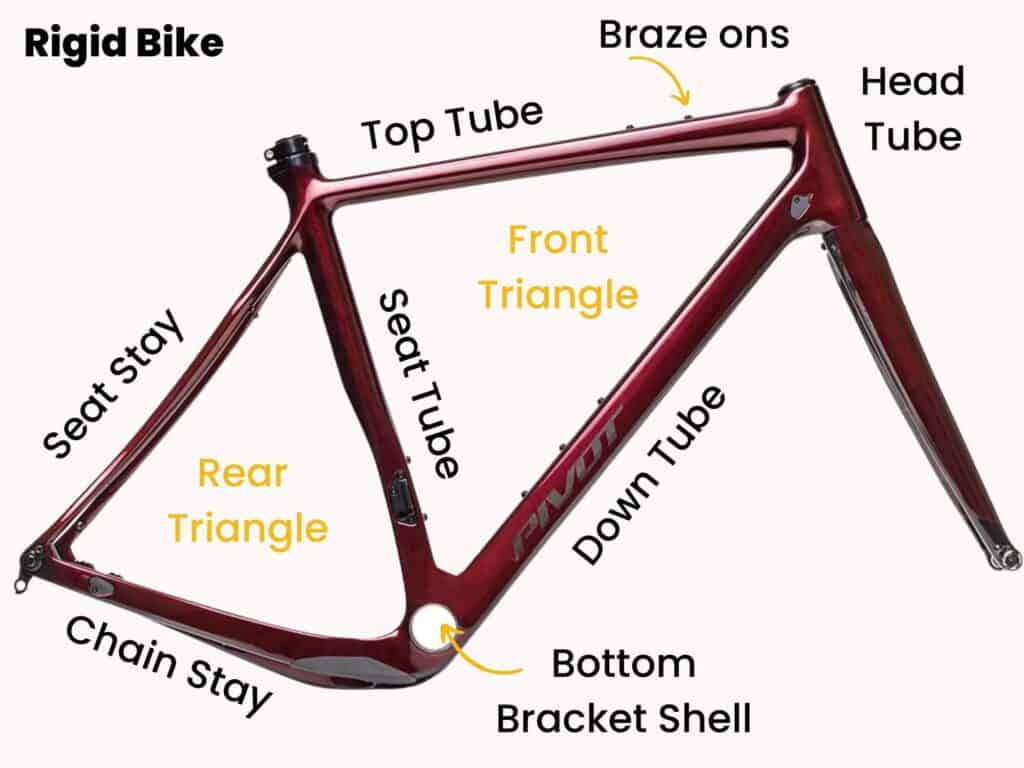
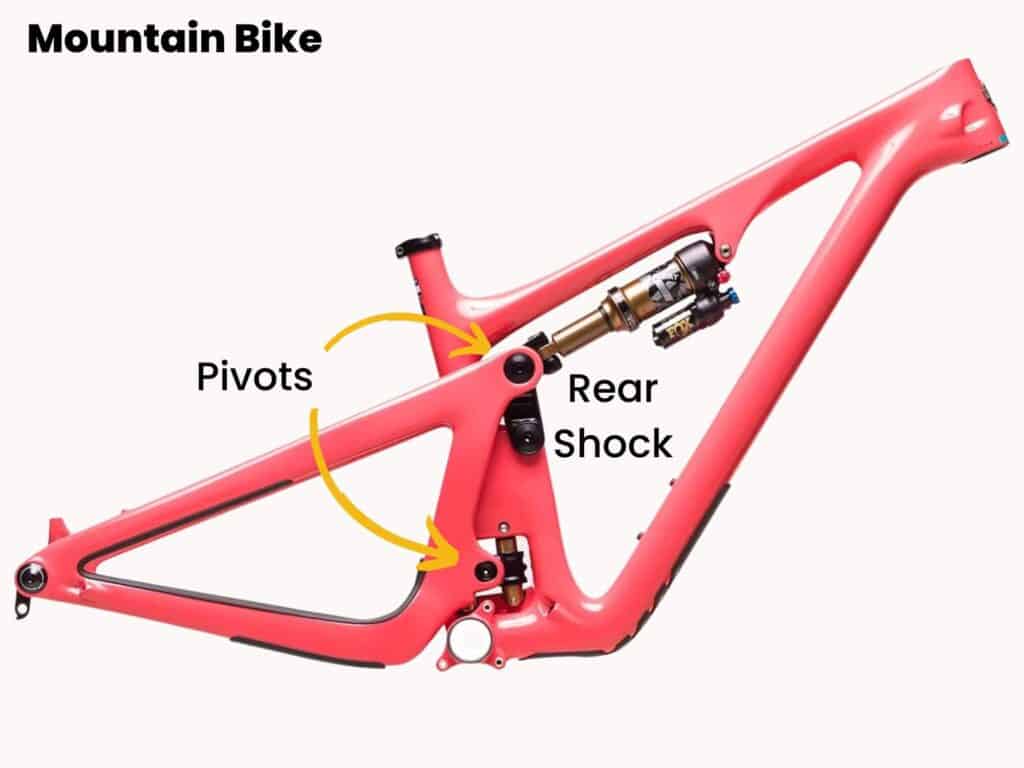
Bottom Bracket Shell
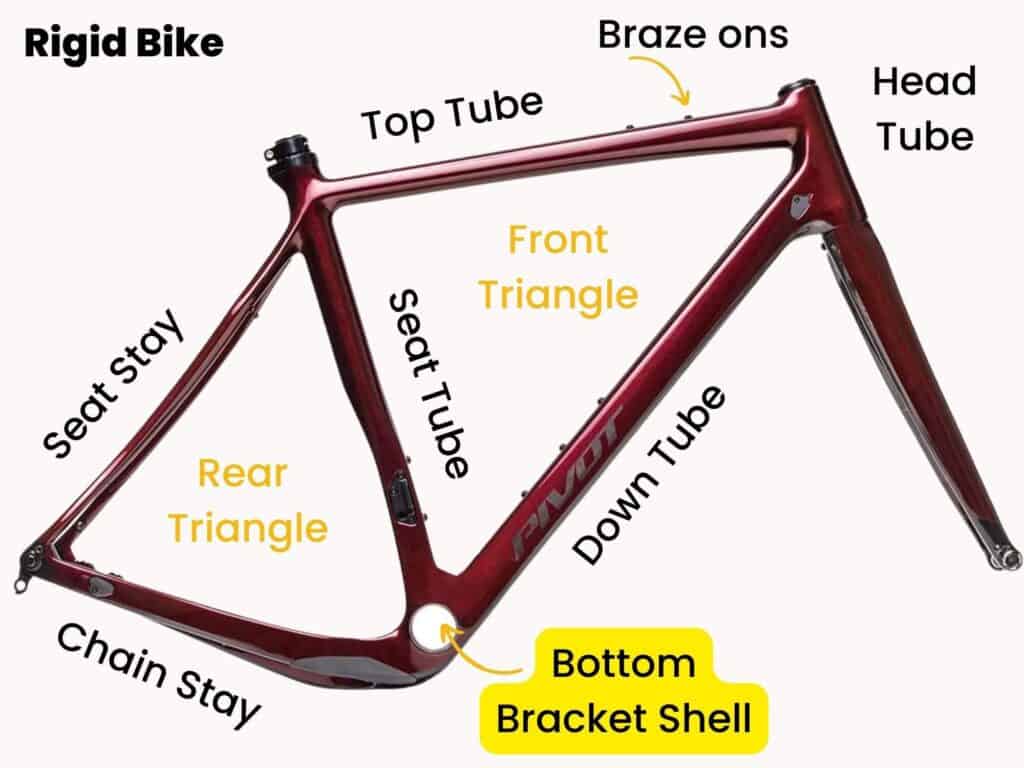
The bottom bracket is what allows your crankset (see groupset bike anatomy parts below) to rotate freely. In other words, the bottom bracket allows you to pedal. It consists of several parts: the spindle that the crank arms are attached to, the bearings themselves, and usually a dust cover.
The bottom bracket sits in a shell that’s threaded on both sides and held in place by either bolts or screws.
Braze ons
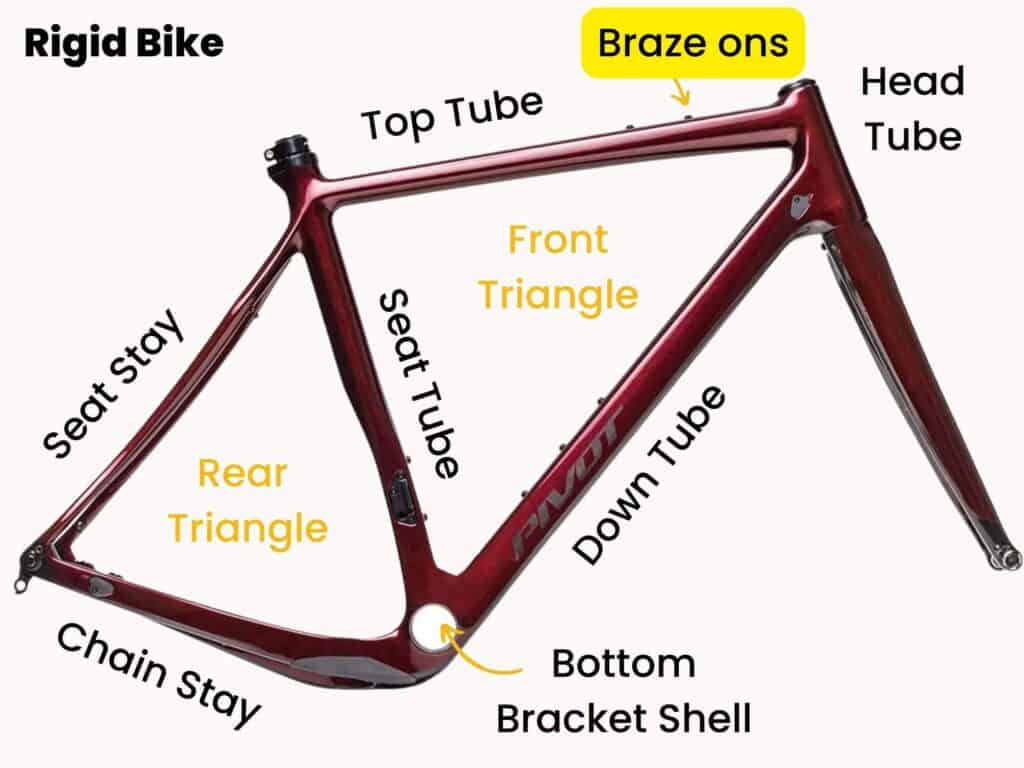
Braze-ons, also known as bosses or fittings, are small metal components that are typically brazed onto a bicycle frame to provide attachment points for various components.
These braze-ons are strategically placed on the frame to accommodate the installation of specific components such as water bottle cages, front and rear derailleurs, cable guides, and brake mounts.
Chainstay
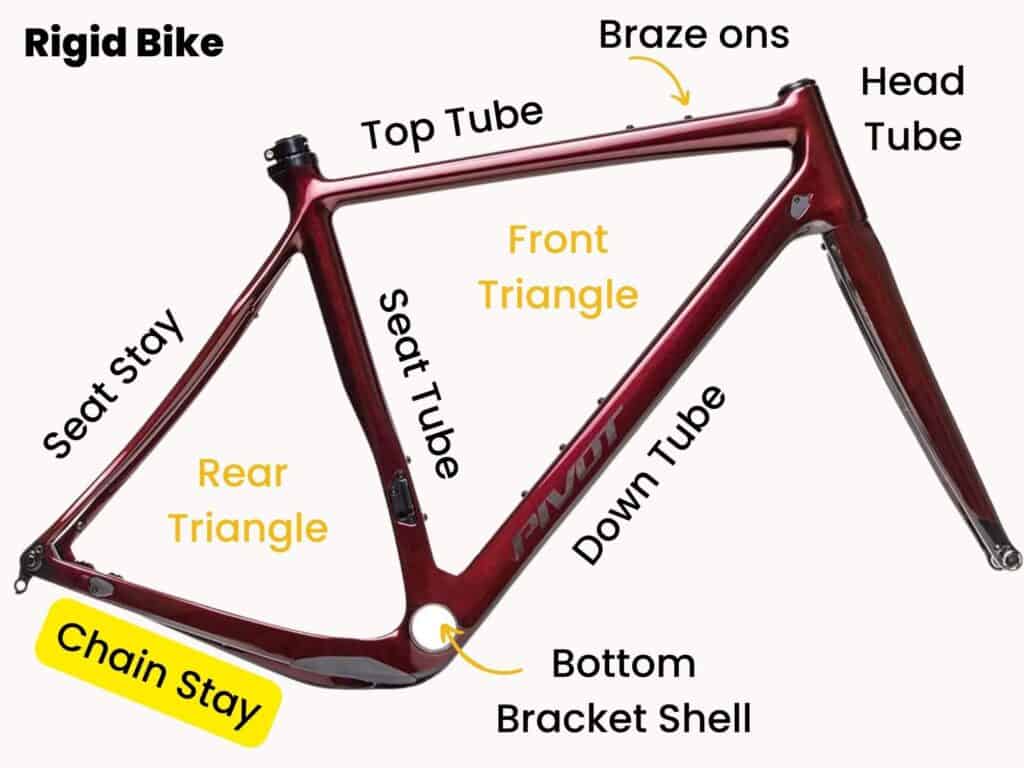
The chainstay is part of a bicycle frame that extends from the bottom bracket shell to the rear dropout. It is one of the two main tubes that make up the rear triangle of the frame, with the other being the seatstay.
The chainstay plays a crucial role in transmitting power from the pedals to the rear wheel. As the rider pedals, the force is transferred through the chain and onto the rear sprockets, causing the rear wheel to turn.
The chainstay provides a rigid and stable platform for this power transfer, resisting bending and twisting forces that can occur during hard pedaling or under heavy loads.
Down Tube
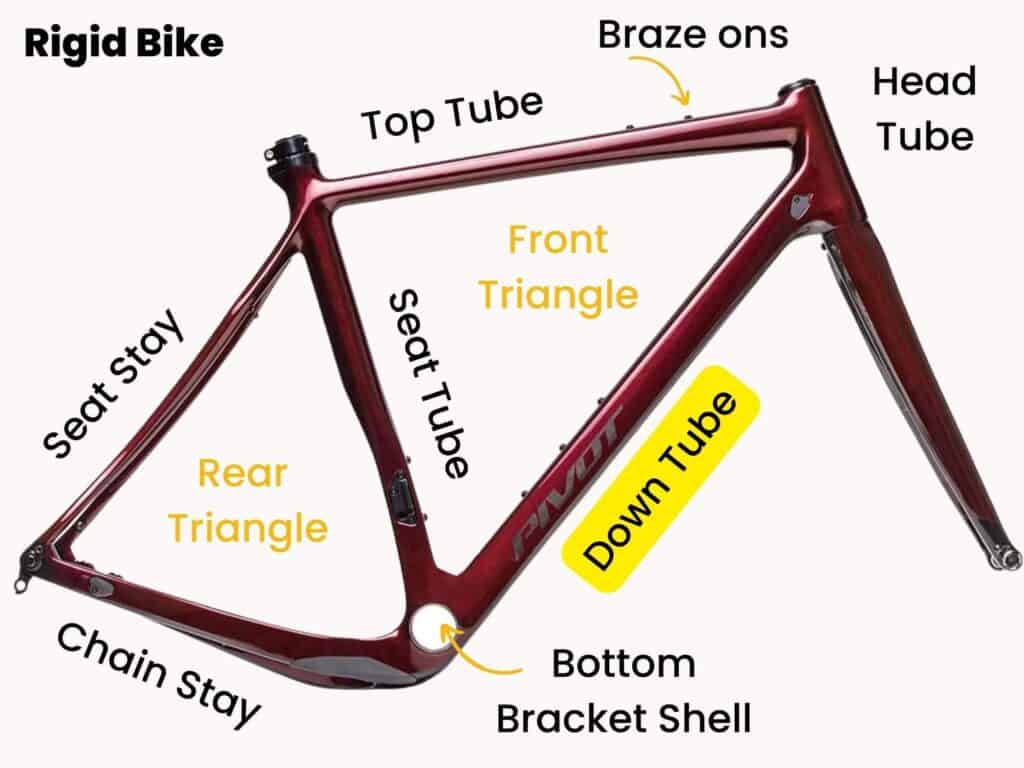
The down tube is a component of a bicycle frame that connects the head tube to the bottom bracket shell. It is usually a long, straight tube that runs down the center of the bike frame, from the top of the head tube to the bottom bracket.
The down tube is an important structural component of the bicycle frame, as it helps to support the weight of the rider and distribute forces from the pedals and front fork. It also provides a convenient location for cable routing and bottle cage mounts.
The size and shape of the down tube can vary depending on the type of bicycle and the materials used in its construction.
In general, road bikes tend to have thinner, more aerodynamic down tubes, while mountain bikes may have thicker, more robust down tubes to handle the demands of off-road riding.
Dropouts
(not shown on diagrams)
Dropouts are the parts of a bicycle frame that hold the rear wheel in place and allow for easy installation and removal of the wheel.
They are located at the end of the rear triangle or chainstays of the frame and typically include a slot where the axle of the wheel can be inserted.
Front Triangle
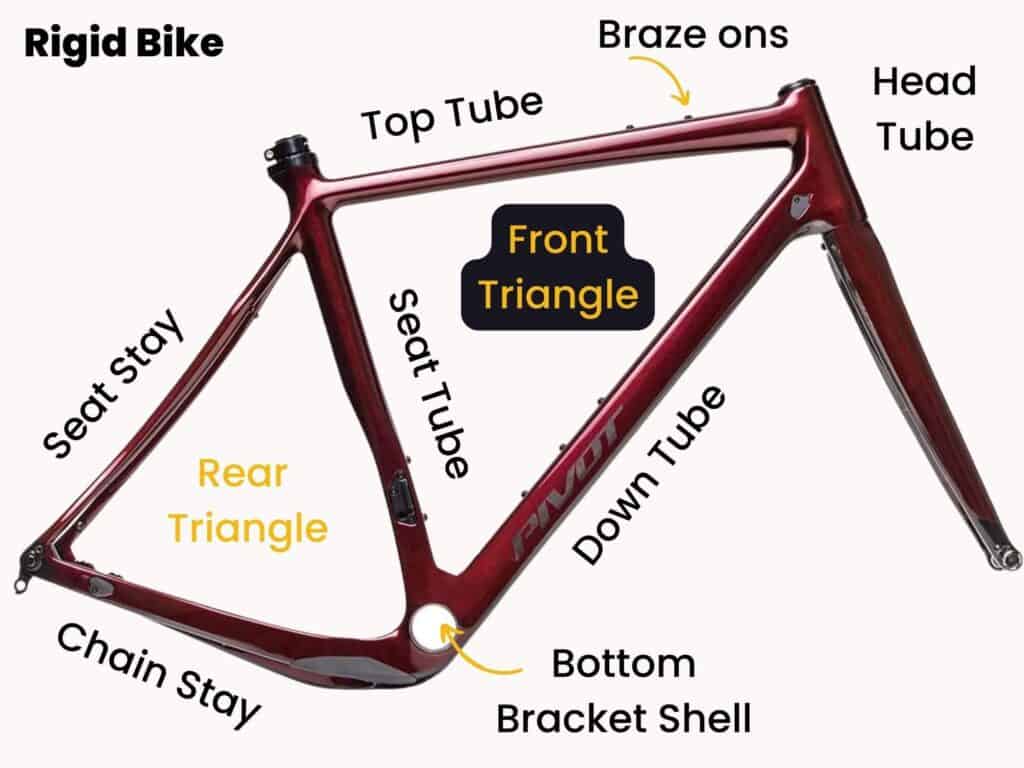
The front triangle on a bicycle is the main structural element of the frame that forms a triangular shape between the top tube, down tube, and seat tube.
It is the area of the frame that encloses the bicycle’s drivetrain, including the bottom bracket, crankset, and front derailleur.
The front triangle is also where the rider’s weight is mostly supported, and where the handlebars and front fork are attached.
Head Tube
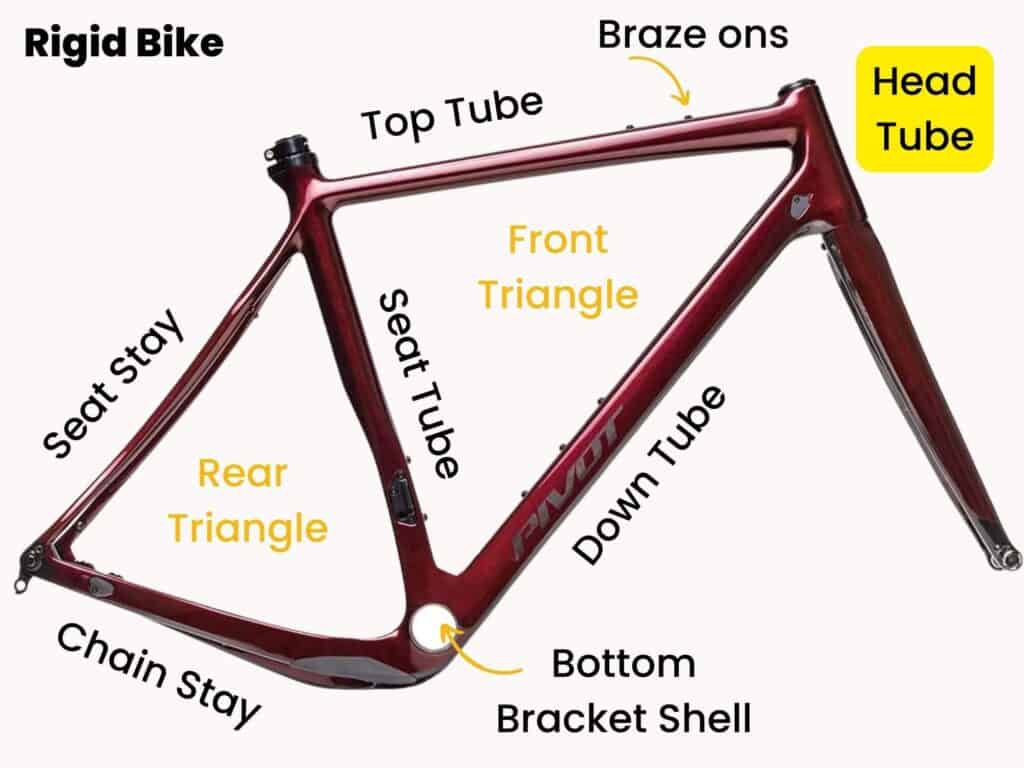
The head tube is a part of a bicycle frame that houses the headset and provides a connection point for the front fork and handlebars. It is located at the front of the frame, between the top tube and the down tube, and typically has a cylindrical shape.
The head tube has several important functions in the bicycle’s overall design. It provides a stable and durable platform for the headset bearings, which allow the fork to turn smoothly and steer the bike.
The head tube angle also plays a significant role in the bike’s handling characteristics, affecting factors such as stability, responsiveness, and maneuverability.
Pivots
(Mountain bikes only)
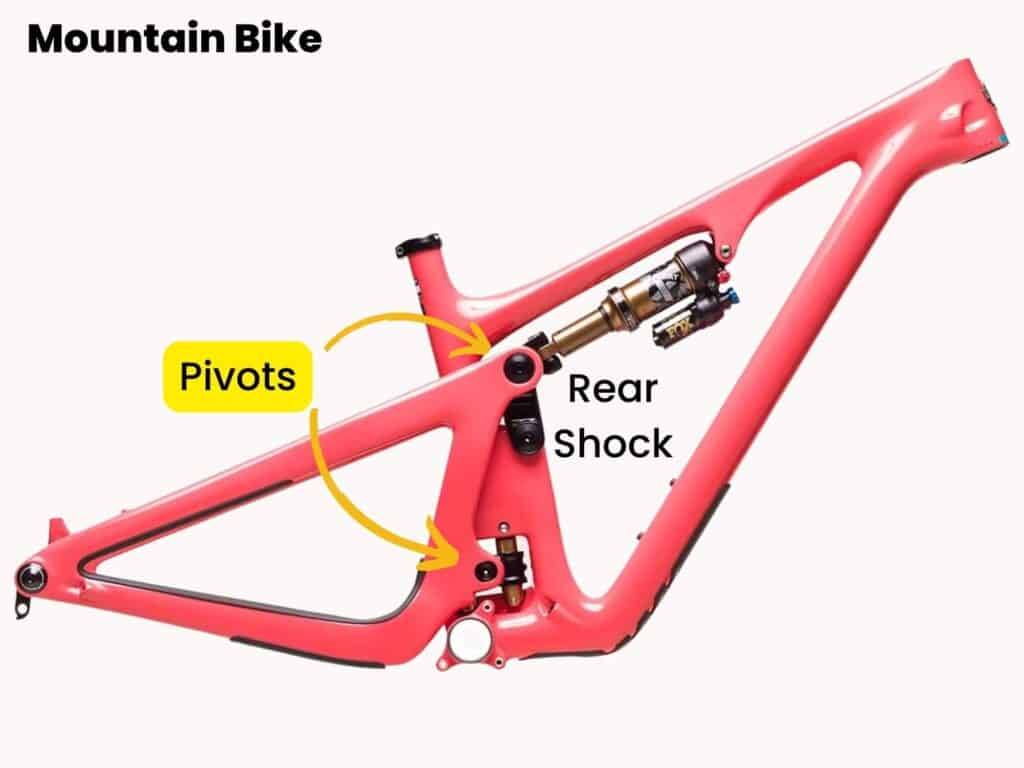
Pivots on a mountain bike are the locations where parts of the frame move or rotate in relation to one another, usually around a fixed point or axis.
Pivots are typically found on full suspension mountain bikes, where the frame is designed to allow the rear wheel to move up and down to absorb shocks and maintain traction on rough terrain.
There are several pivot points in a typical full suspension mountain bike, including the main pivot, the rear pivot, and the linkages between them.
The main pivot is the point where the swingarm connects to the frame, allowing the rear wheel to move up and down.
The rear pivot is the point where the rear shock attaches to the frame, allowing the shock to compress and rebound.
Rear Shock
(Mountain bikes only)
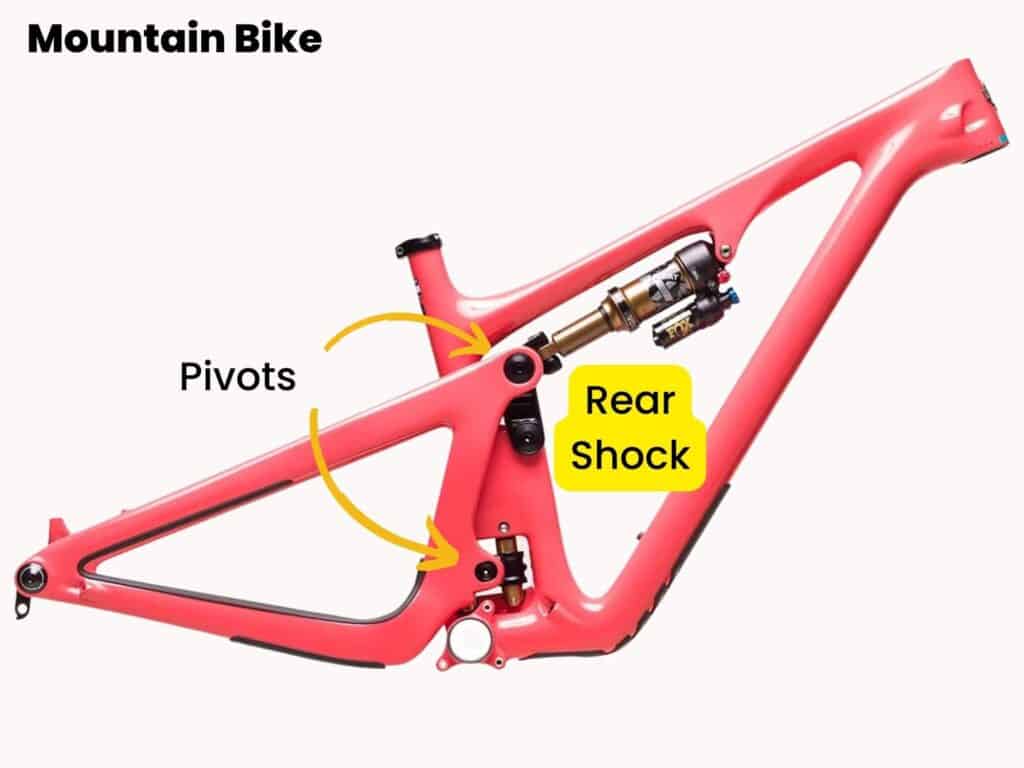
A rear shock on a mountain bike is a specialized suspension component that is mounted between the rear triangle of the frame and the seat post.
The rear shock’s primary purpose is to absorb the impacts and vibrations from the terrain, allowing the rear wheel to maintain contact with the ground, and providing a more comfortable and controlled ride for the rider.
Rear Triangle
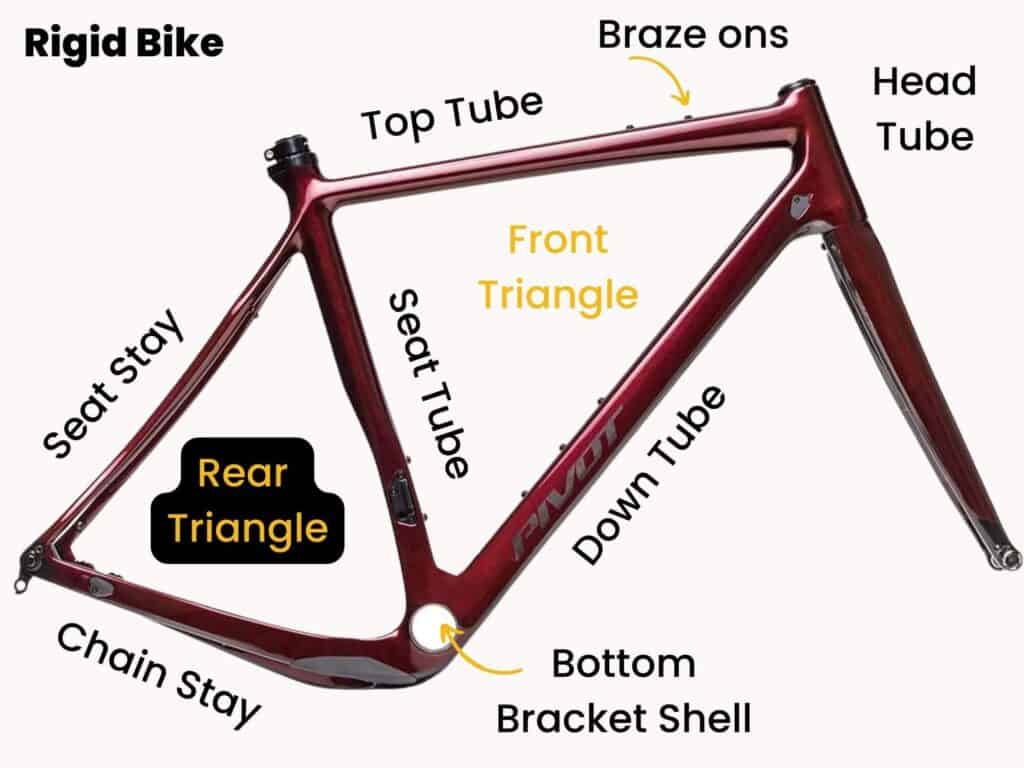
The rear triangle on a bicycle is the part of the frame that includes the seat stays, chain stays, and rear dropouts, forming a triangle shape between the rear wheel and the seat tube.
The rear triangle plays a critical role in the bicycle’s handling, stability, and power transmission.
Seat Stay
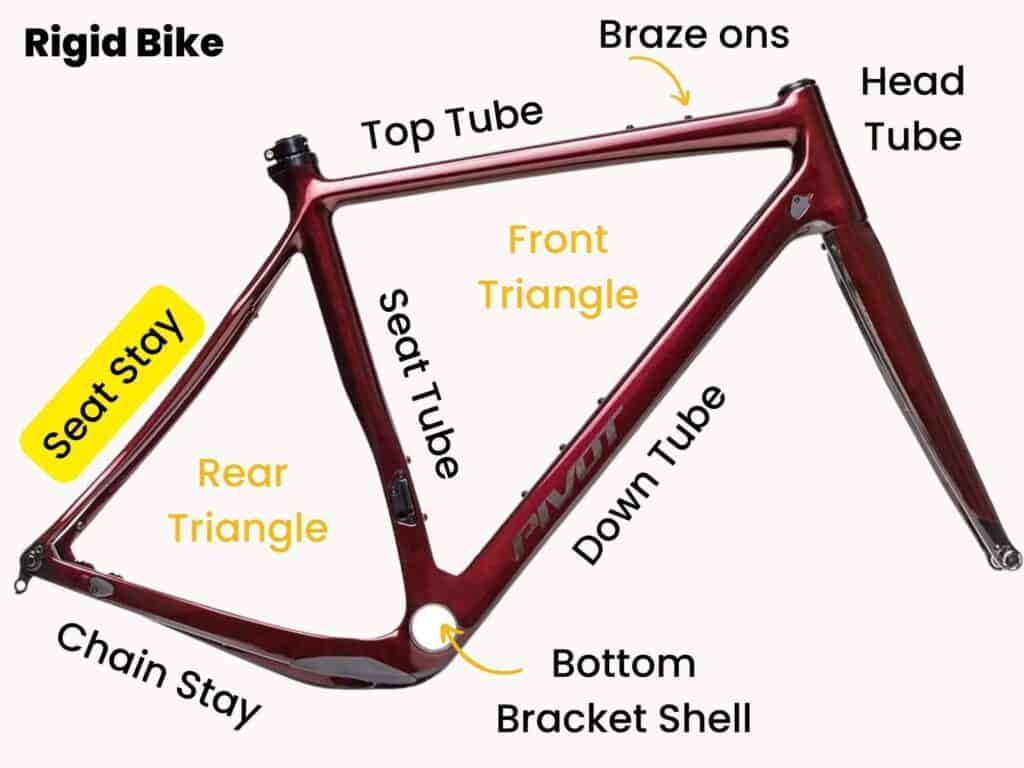
The seat stay on a bicycle is a part of the frame that connects the top of the seat tube to the rear dropout. The seat stay is usually a thin, tapered tube that runs at an angle from the top of the seat tube to the rear triangle of the bike frame.
The seat stay helps to absorb shock and vibration from the rear wheel, as well as to support the rider’s weight. It also provides lateral stiffness to the frame, which helps to maintain stability and control during riding.
Seat Tube
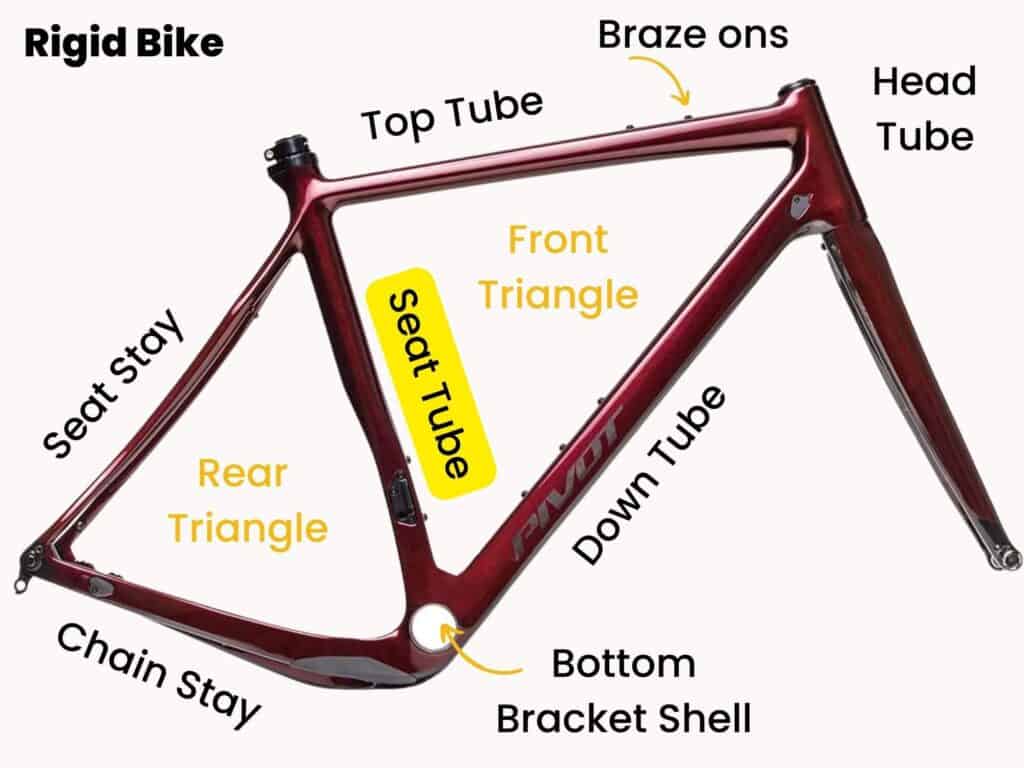
The seat tube on a bicycle is the vertical tube that runs from the bottom bracket, where the crankset and pedals are attached, up to the seat post where the saddle is clamped on.
The seat tube angle and length are important factors in determining the fit and comfort of a bicycle, as well as its handling characteristics.
Top Tube
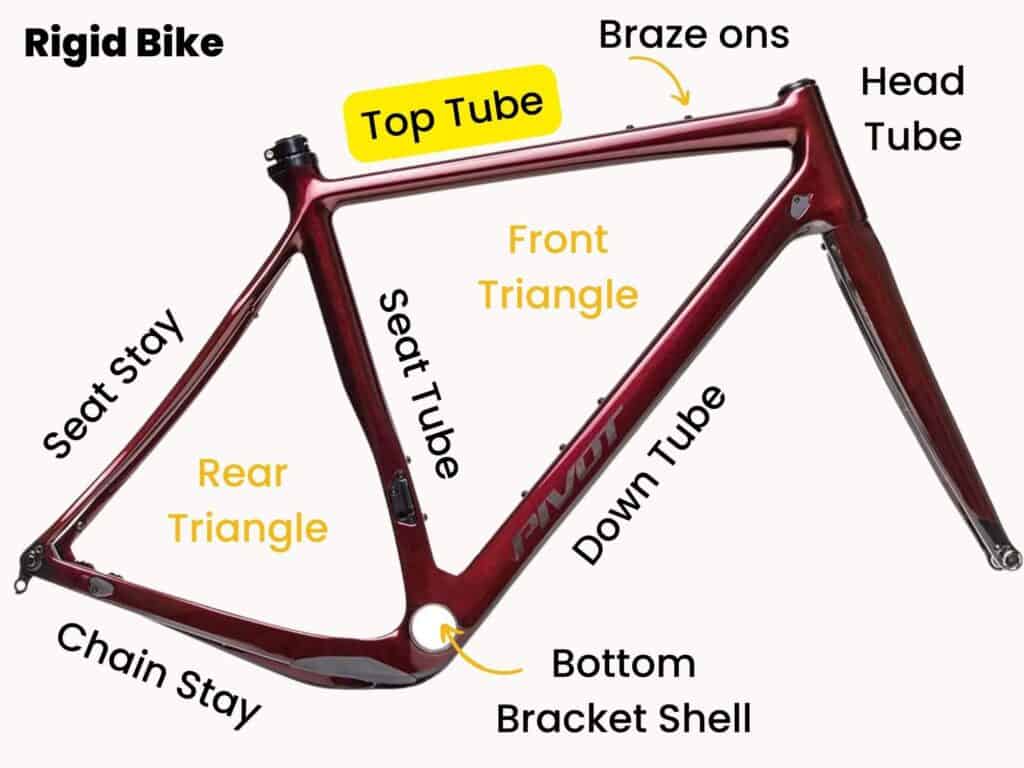
The top tube is a part of a bicycle frame that connects the seat tube to the head tube. It runs horizontally between the two and is one of the main structural components of the frame. The top tube is typically located at the upper part of the frame, above the down tube.
The top tube has several important functions in the bicycle’s overall design. It provides support for the rider’s weight and helps distribute it evenly throughout the frame.
The length and angle of the top tube can also affect the bike’s fit and handling, influencing factors such as reach, standover height, and stability.
Looking to buy some new bike parts or components?
Shop these links to support Two Wheeled Wanderer!
Front of the bike Parts
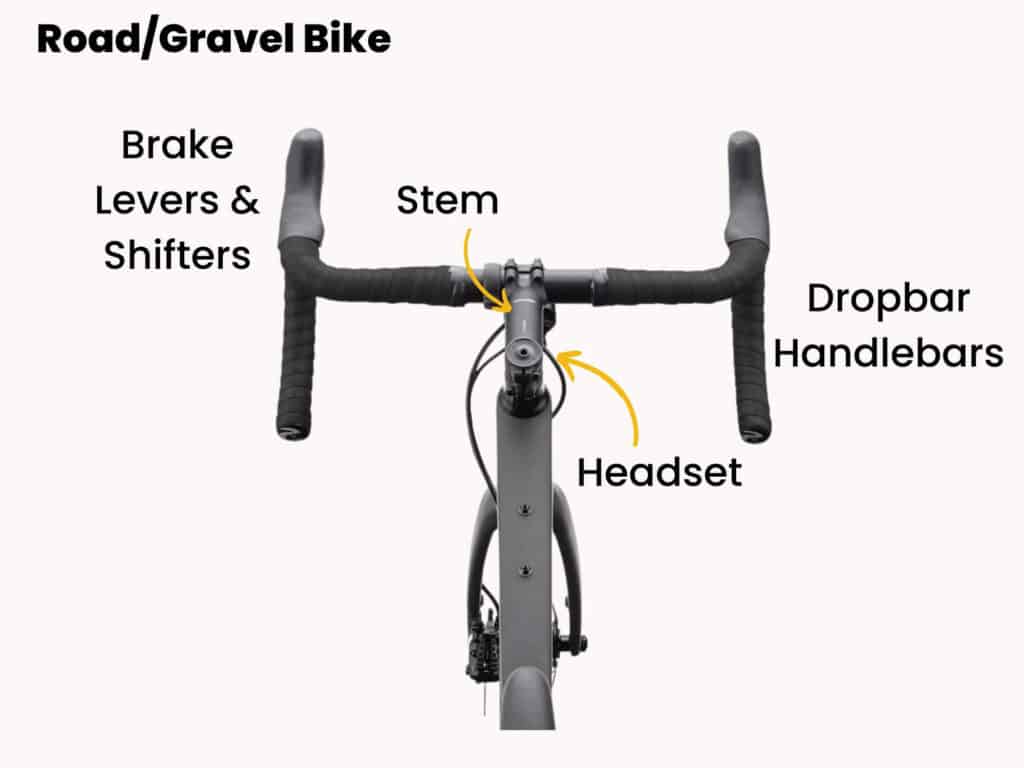
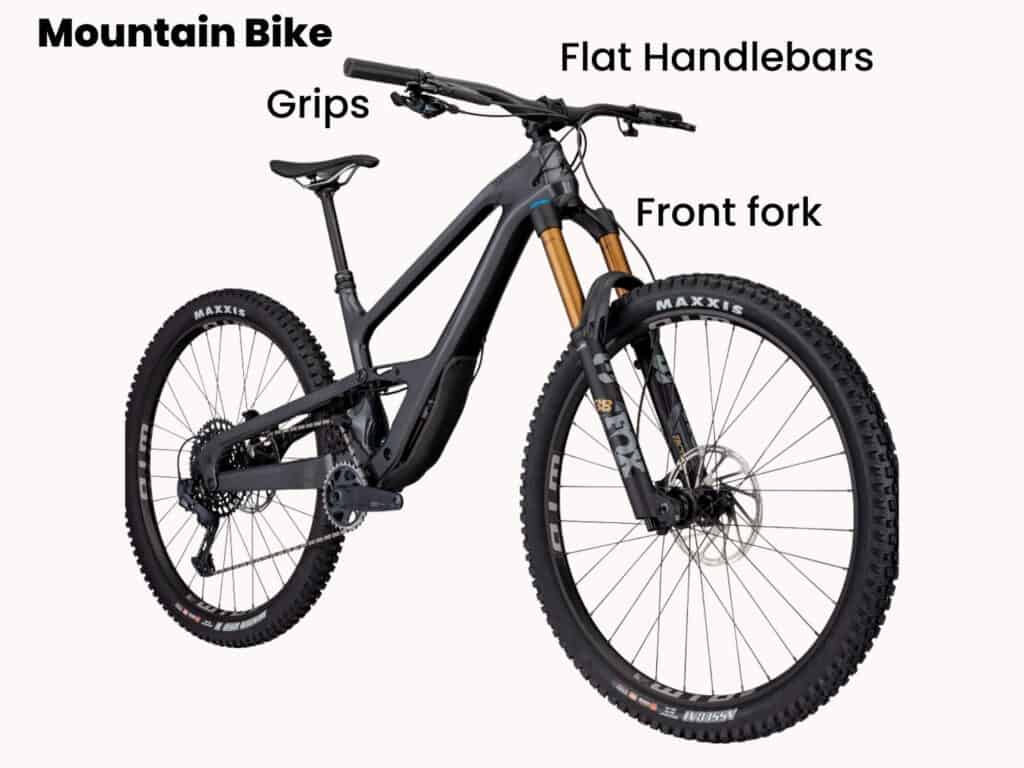
Brake Levers & Shifters
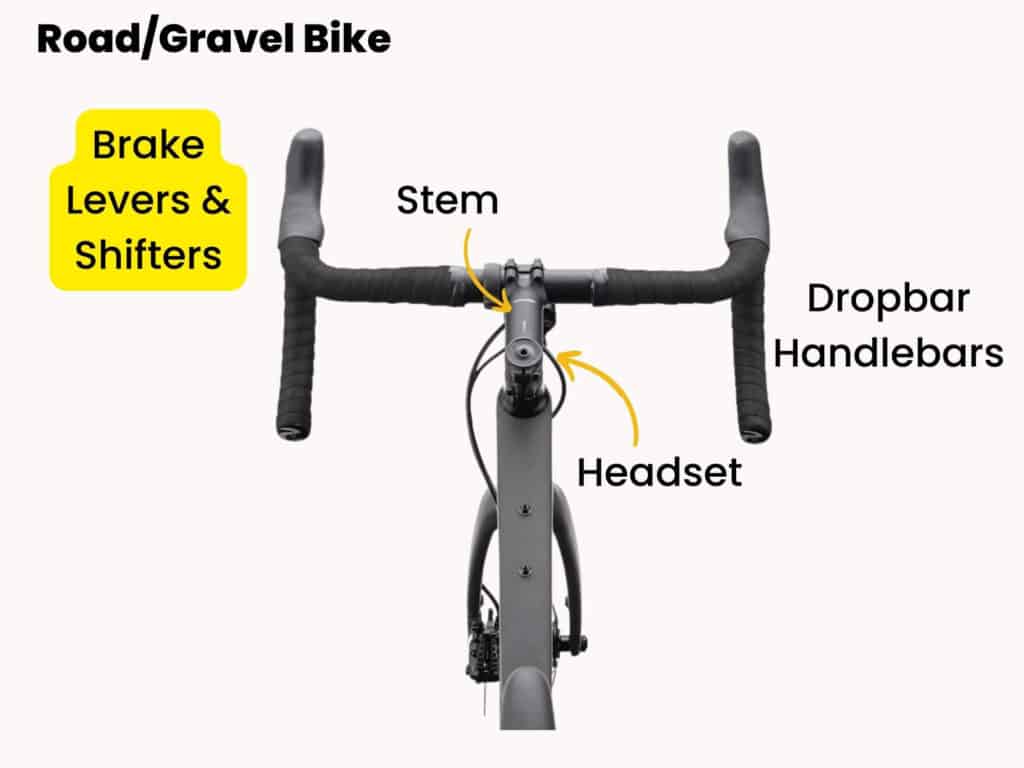
Brake levers and shifters are two separate components on a bicycle that are mounted, usually side by side, on the handlebars.
Brake levers are responsible for actuating the brakes on the bike. When the brake lever is pulled, it applies pressure to the brake cable, which then activates the brake calipers or disc brakes, causing the bike to slow down or stop.
Shifters, on the other hand, are responsible for changing gears on the bike. When the shifter is activated, it moves the derailleur, which then moves the chain from one gear to another.
Front Fork
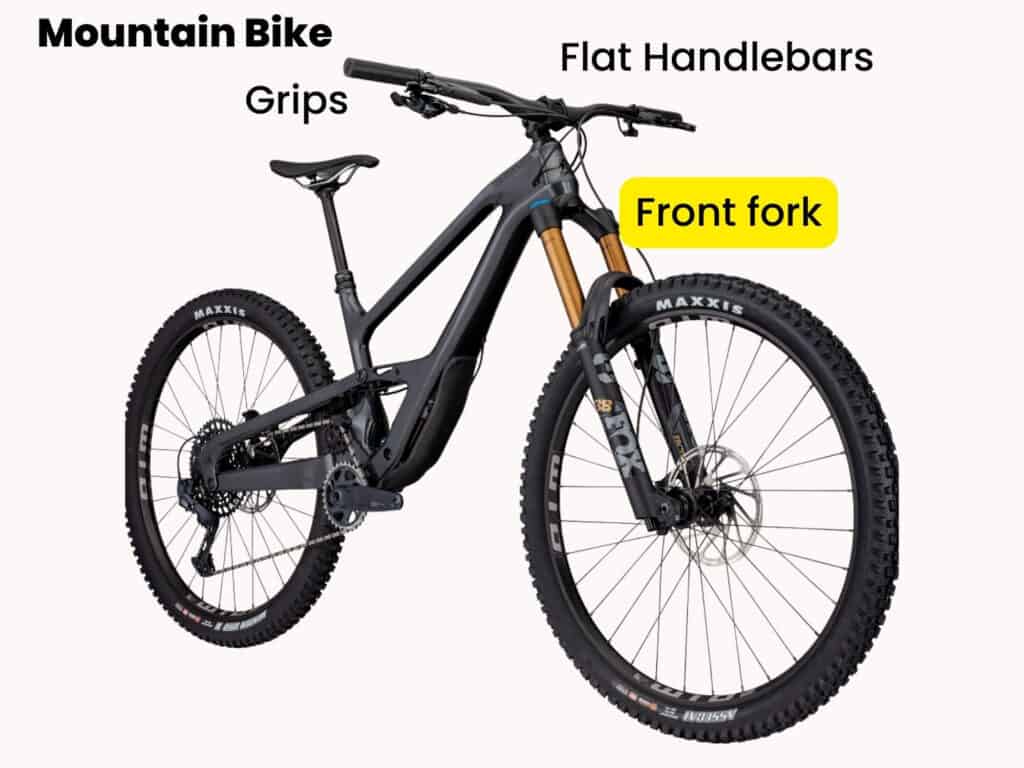
The front fork on a bicycle is the component that connects the front wheel to the frame of the bike. The front fork consists of two parallel legs, usually made of steel, aluminum, carbon fiber, or a combination of materials, that extend from the bike’s head tube to the dropouts that hold the front wheel.
The front fork has several important functions, including providing steering stability, absorbing shocks and vibrations, and supporting the weight of the rider and the front of the bike. The fork’s design and features can affect the bike’s handling, comfort, and performance.
The front fork can have different features and characteristics depending on the type of bike and its intended use. For example, road bikes often have rigid or lightweight carbon fiber forks, while mountain bikes have suspension forks with various travel distances to handle rough terrain. Other types of bikes, such as touring bikes, cyclocross bikes, and gravel bikes, may have specific fork designs that cater to their intended use.
Grips
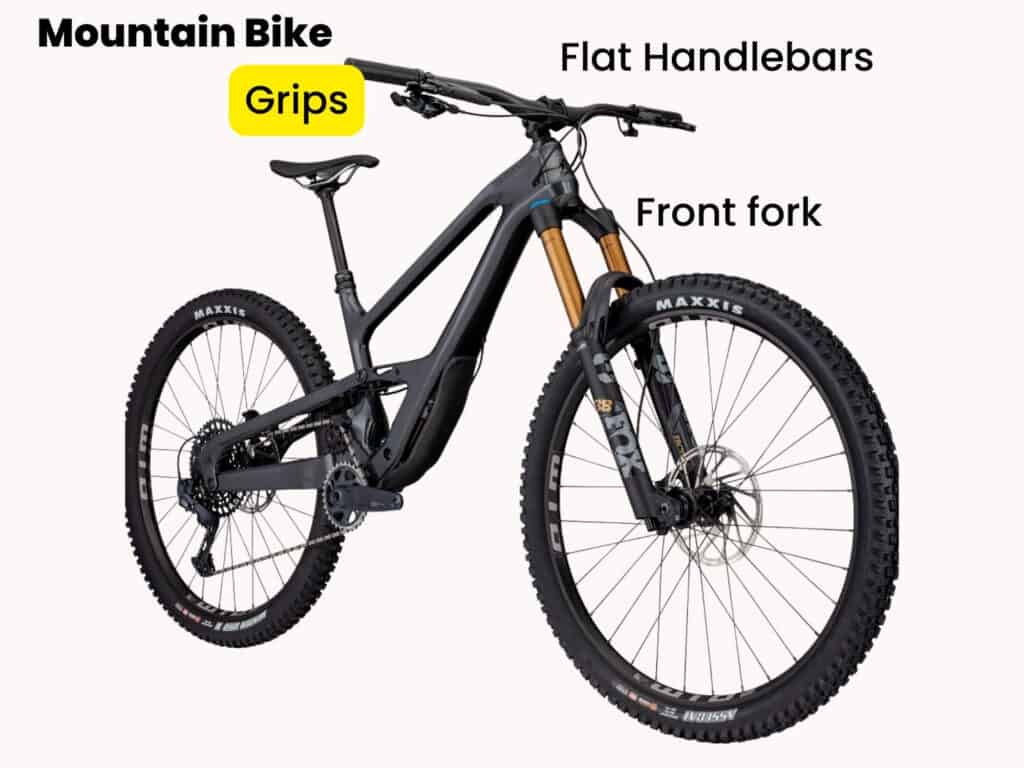
Grips on a bicycle are the rubber or foam coverings that are placed over the handlebars to provide a comfortable and secure grip for the rider.
Bicycle grips come in various shapes, sizes, materials, and designs, depending on the type of bike and the rider’s preferences. Some grips are designed with a smooth, soft, and tacky surface to provide maximum grip and comfort, while others have a more textured or patterned surface for added grip and control. Some grips are also ergonomically designed to reduce hand fatigue and numbness during long rides.
There are two main types of grips: lock-on grips and slip-on grips. Lock-on grips are held in place by locking collars that clamp onto the handlebars, while slip-on grips are simply pushed onto the handlebars and held in place by friction or adhesive.
Overall, choosing the right grips for a bike can make a significant difference in the rider’s comfort and control, especially during long rides or in challenging terrain.
Handlebars
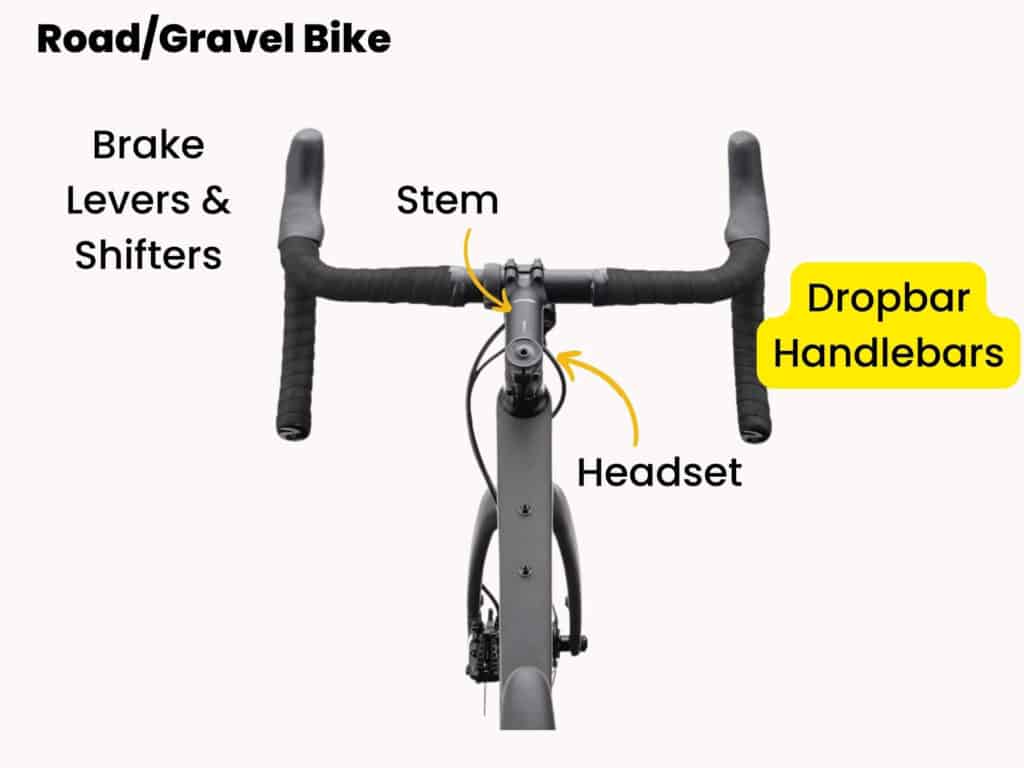
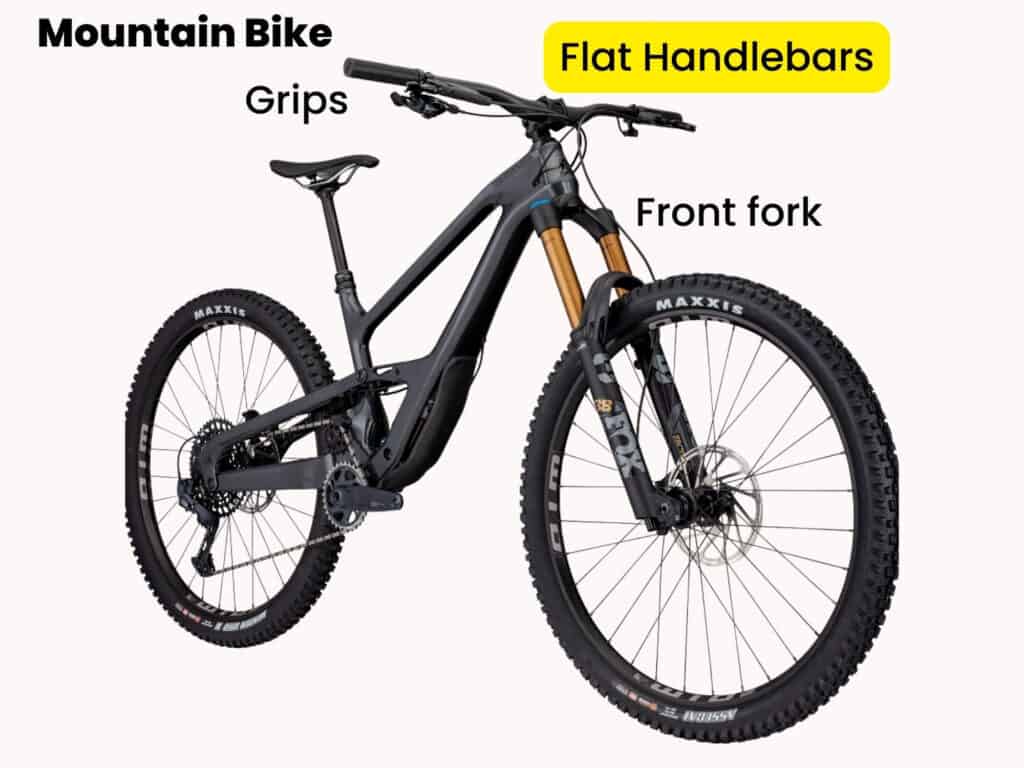
Handlebars on a bicycle are the steering control component that is attached to the bike’s stem and used to steer and maneuver the bike. Handlebars are typically made of aluminum, carbon fiber, or steel and come in different shapes and styles to suit different types of bikes and riding styles.
The most common types of handlebars are drop bars, flat bars, and riser bars. Drop bars are commonly used on road bikes and provide multiple hand positions for the rider to maintain an aerodynamic position on the bike.
Flat bars are typically used on mountain bikes and provide a more upright riding position with a single hand position.
Riser bars are similar to flat bars but have a slight upward sweep at the ends for a more comfortable riding position and better control on technical terrain.
Headset
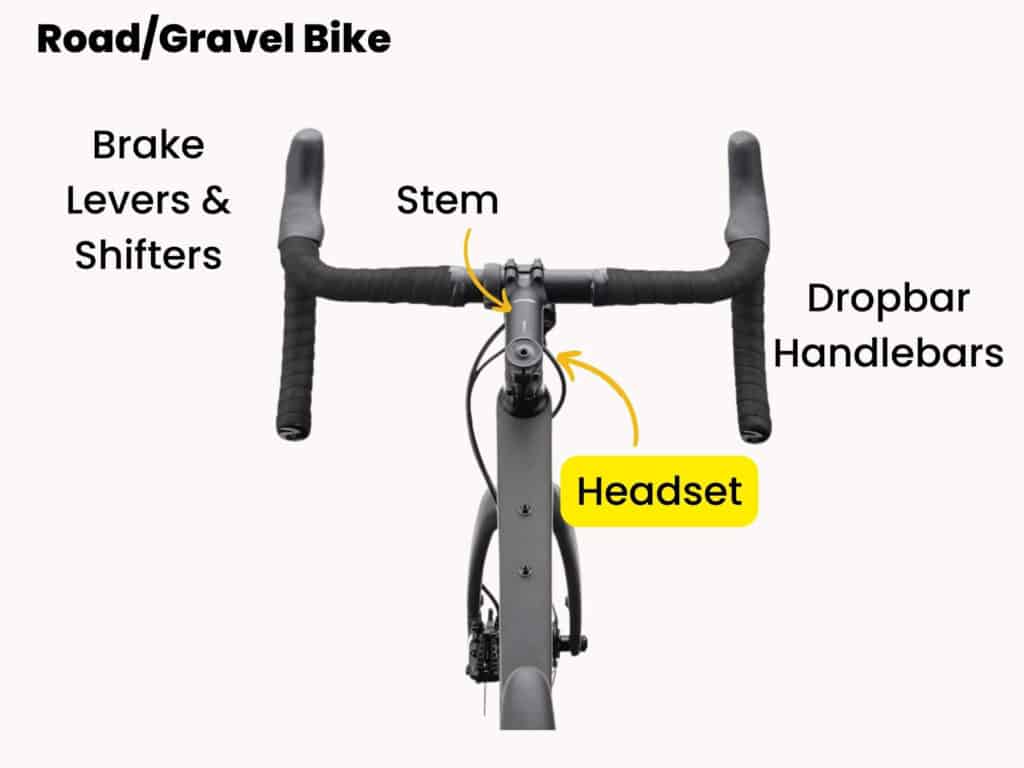
A headset is a set of components that connects the fork’s steerer tube to the frame’s head tube. The headset typically consists of two cups that are pressed into the top and bottom of the head tube, a set of bearings that sit in the cups, and a stem that clamps onto the steerer tube and attaches to the handlebars.
The headset’s primary function is to allow the fork to rotate smoothly and steer the bike, while also providing stability and support for the rider. The bearings in the headset allow for smooth rotation and reduce friction, allowing the rider to steer the bike with ease and control.
Stem
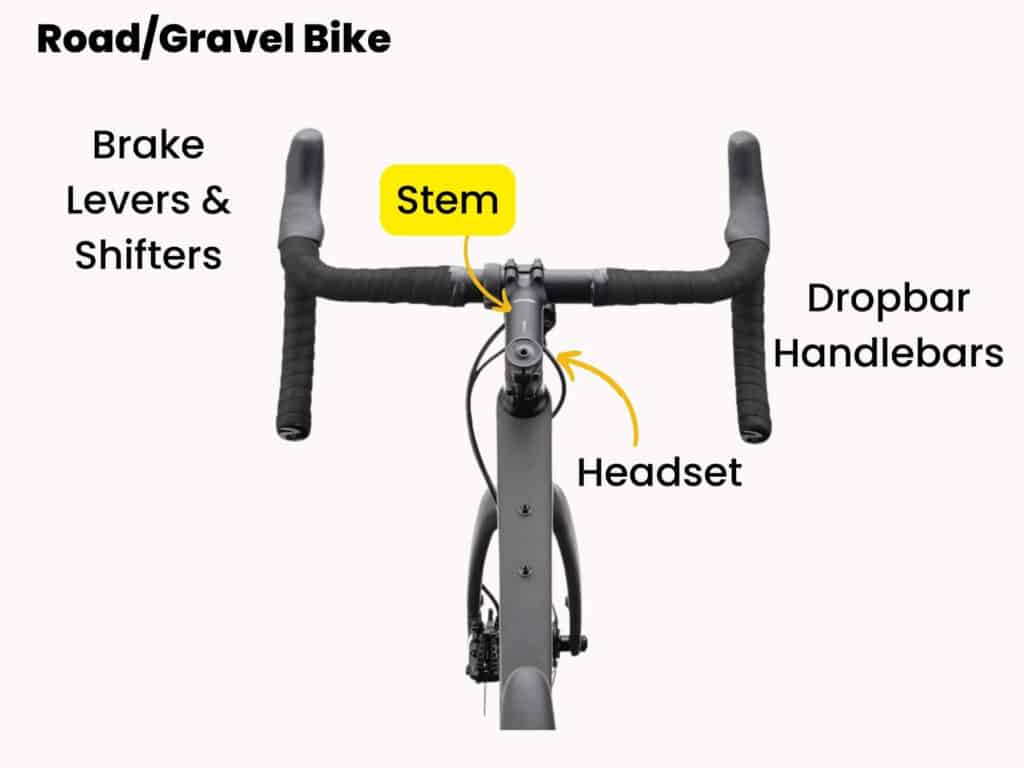
A stem on a bicycle is the component that connects the handlebars to the fork’s steerer tube, which is attached to the bike’s frame via the headset. The stem’s main function is to provide a secure and adjustable attachment point for the handlebars, allowing the rider to customize the bike’s fit and handling characteristics.
Stems come in a variety of shapes, lengths, and angles to accommodate different types of bikes and riding styles. The stem’s length and angle can significantly affect the bike’s handling, with shorter stems providing a more responsive and agile feel, while longer stems provide a more stable and relaxed ride.
Parts of a bike fork
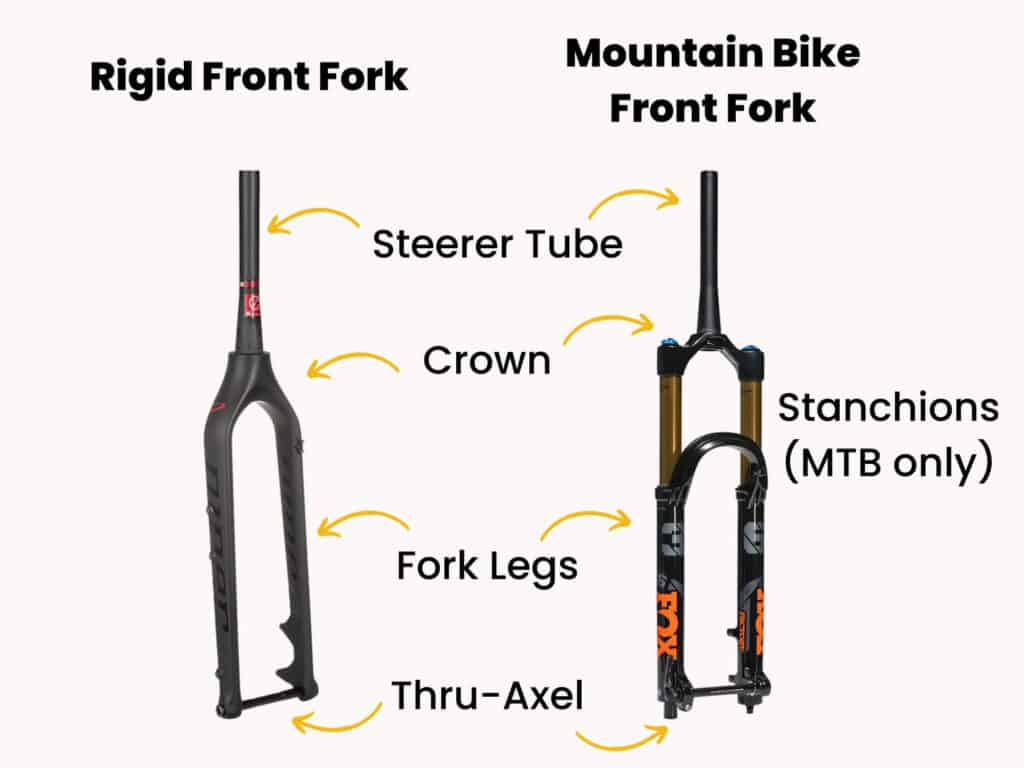
Crown
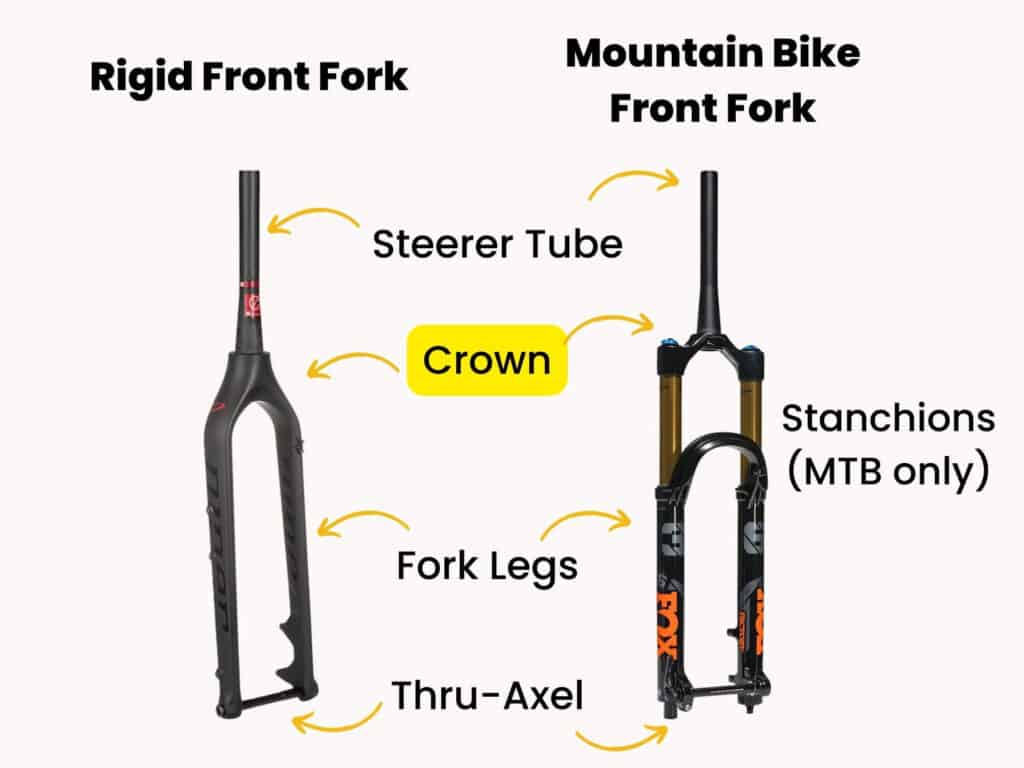
The crown on a bicycle fork is the lower part of the fork that connects the fork’s legs to the steerer tube. The crown typically consists of a sturdy, flat plate that sits at the bottom of the fork legs.
The crown serves several important functions in the fork’s design. First, it provides a strong and rigid connection between the fork legs and the steerer tube, allowing the fork to handle the forces generated by braking and steering. Second, it helps to distribute those forces evenly across the fork’s legs, minimizing stress points and increasing overall durability.
Fork Legs
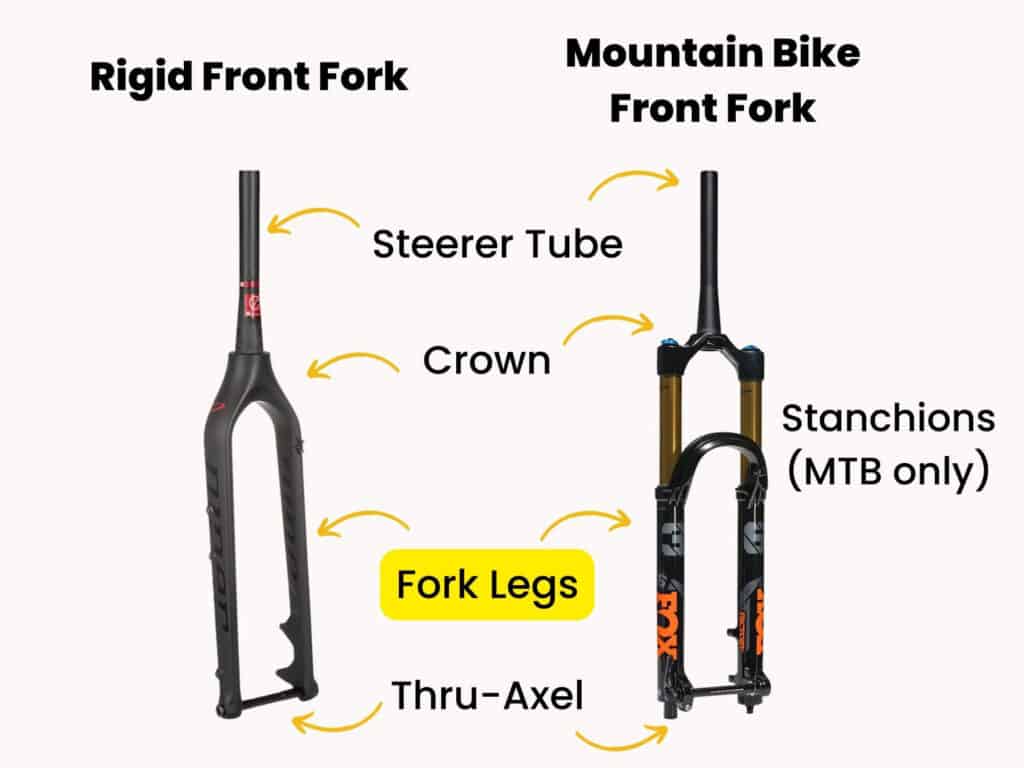
The fork legs are the two tubular components that extend downward from the fork’s crown and attach to the front wheel dropouts. They are designed to provide a rigid structure to support the front wheel and absorb shocks and vibrations from the road or trail.
Suspension forks often have thicker, more heavily reinforced legs to handle the increased stresses generated by the suspension system.
The fork legs’ length and rake angle (the angle between the steering axis and the fork legs) can significantly affect the bike’s handling and stability.
Shorter fork legs and steeper rake angles typically provide quicker, more responsive handling, while longer fork legs and shallower rake angles provide a more stable and relaxed ride.
Stanchions
(mountain bikes only)
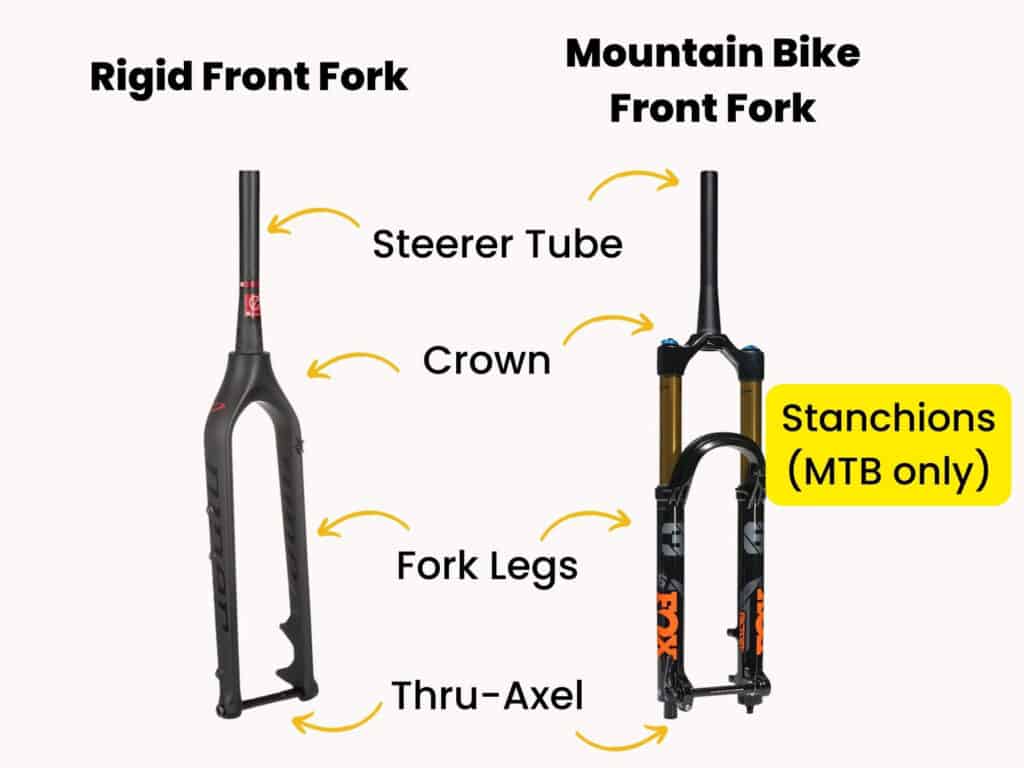
Stanchions are the two parallel tubes that slide up and down inside the fork legs of a suspension fork on a bicycle. The stanchions are part of the fork’s damping and suspension system and work in conjunction with the fork’s internal springs or air chambers to absorb shocks and vibrations from the terrain
They are typically coated with a low-friction surface treatment like anodization or hard chrome plating to reduce friction and increase durability.
The stanchions move up and down inside the fork legs, allowing the fork to compress and rebound to absorb impacts and keep the front wheel in contact with the ground.
The stanchions are attached to the fork’s crown at the top and to the dropouts at the bottom, creating a sliding assembly that supports the front wheel and maintains its alignment.
Regular maintenance and cleaning of the stanchions and fork seals are important to ensure proper performance and prevent premature wear or damage.
Steerer Tube
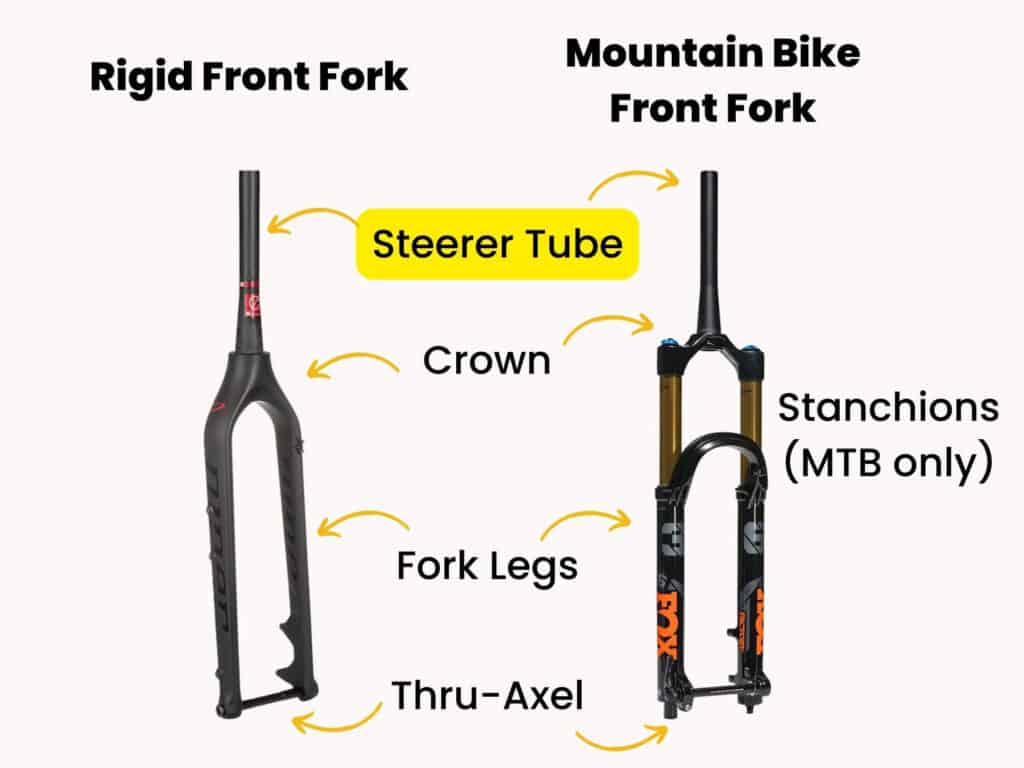
The steerer tube on a bicycle fork is the long, tubular component that extends upward from the fork’s crown and into the bike’s head tube.
The steerer tube is an integral part of the fork’s design, serving as the main structural support for the front end of the bike and allowing the rider to steer the bike by turning the handlebars.
Thru-Axel
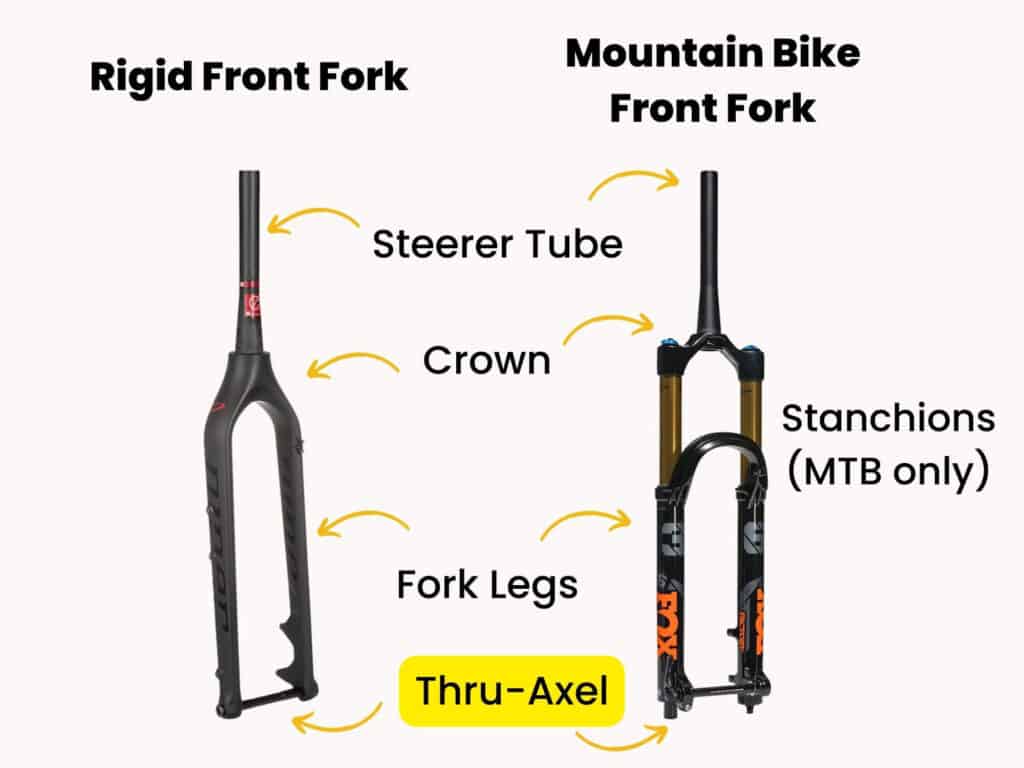
The axle is a component that passes through the hub of the front wheel and attaches it to the fork. The axle serves as the main pivot point for the wheel, allowing it to rotate freely within the fork legs.
The axle typically consists of a solid, cylindrical shaft that is threaded on one or both ends, depending on the type of wheel and fork.
The threaded end of the axle screws into the dropouts on the fork legs, which are located at the end of each fork blade and hold the wheel in place.
The opposite end of the axle usually has a quick-release lever or a hex bolt that allows the axle to be tightened or loosened as needed.
Bike Groupset & Drivetrain Parts
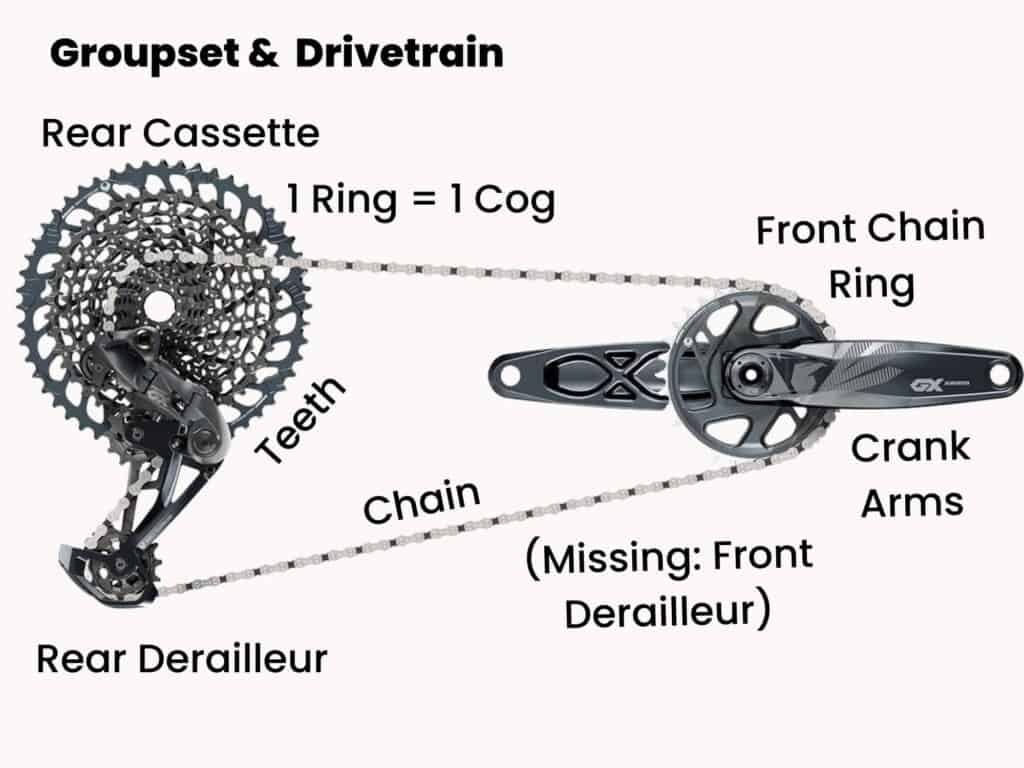
Chain
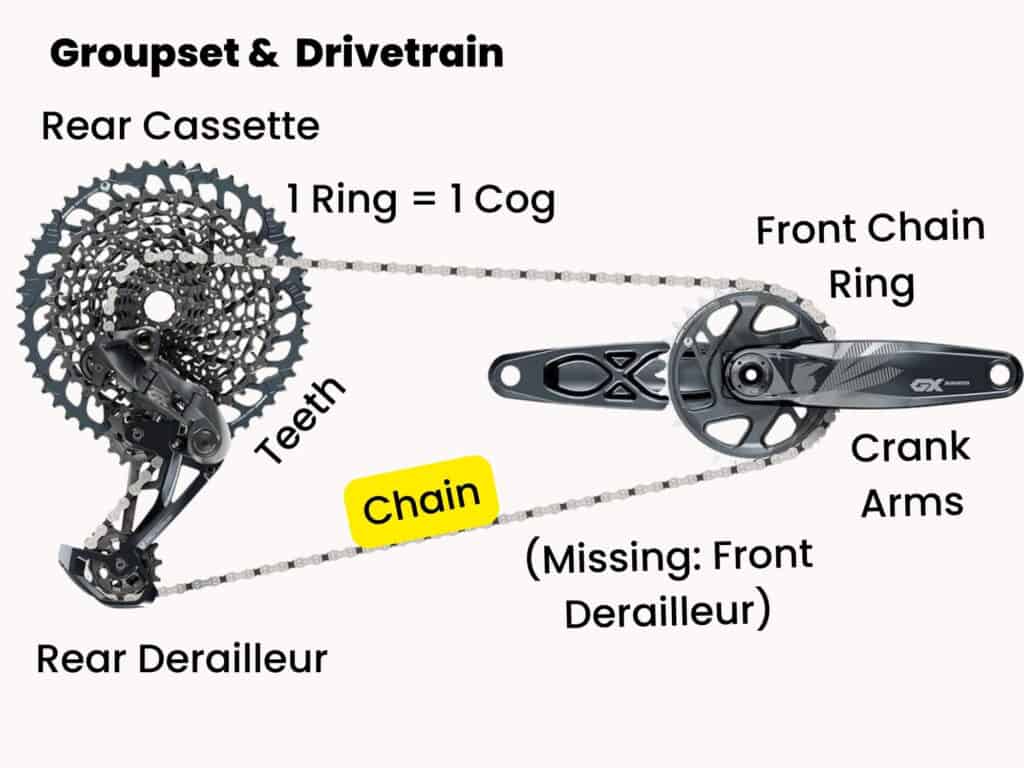
The chain is a loop of metal links that connects the pedals to the rear wheel, transmitting power from the rider’s legs to the drivetrain and propelling the bike forward.
The chain typically consists of a series of inner and outer links, with each link joined together by a pin. The links are designed to mesh with the teeth of the chainrings on the front of the bike and the cassette on the rear wheel, providing a smooth and efficient transfer of power.
Cogs/
sprockets
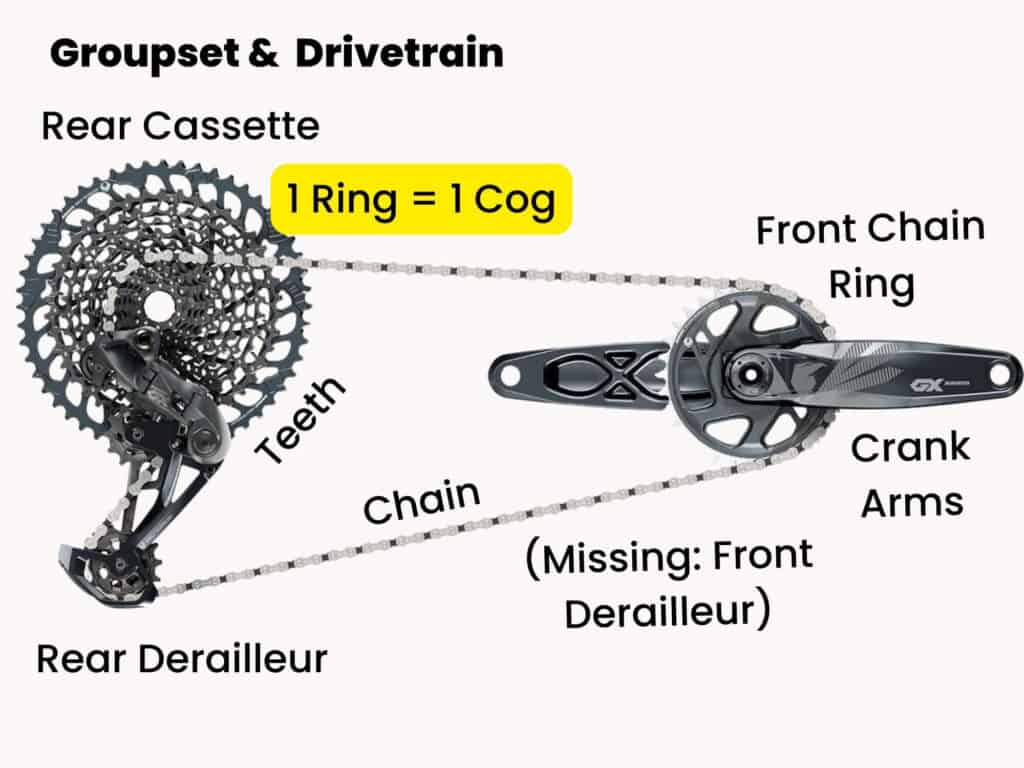
The cogs, or sprockets, on a bicycle are the toothed wheels that make up the rear cassette.
Each cog has a different number of teeth, and the size of the cog determines the gear ratio.
Larger cogs have more teeth and provide a lower gear ratio, which is easier to pedal and provides more torque.
Smaller cogs have fewer teeth and provide a higher gear ratio, which is harder to pedal but allows the rider to go faster.
Road bikes may have cassettes with a narrower range of cog wheels (gears), while mountain bikes may have cassettes with a wider range of gears to accommodate steep climbs and technical terrain.
Crank Arms
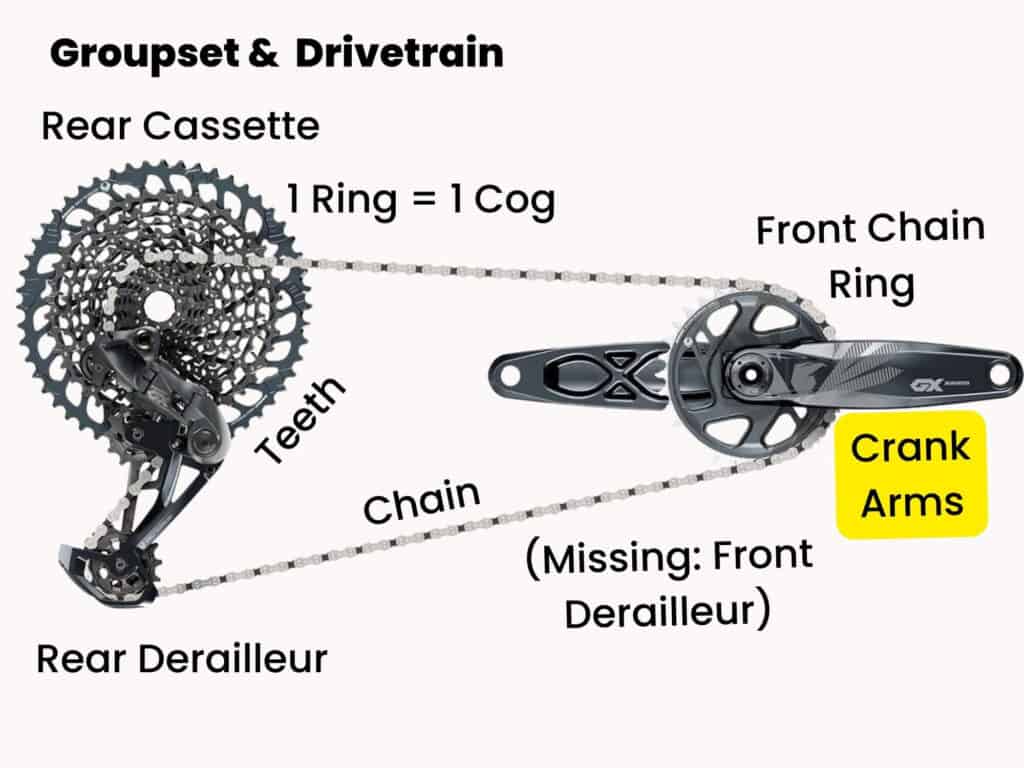
Crank arms are the two long, slender arms that attach the pedals to the bottom bracket axle and convert the rider’s leg power into forward motion.
The crank arms are responsible for transferring the power generated by the rider’s legs to the chain, which in turn propels the bicycle forward.
Longer crank arms generally provide more leverage and are suitable for riders with longer legs or who are looking to generate more power, while shorter crank arms are lighter and more suitable for riders with shorter legs or who prioritize pedaling efficiency.
Front Chain Ring(s)
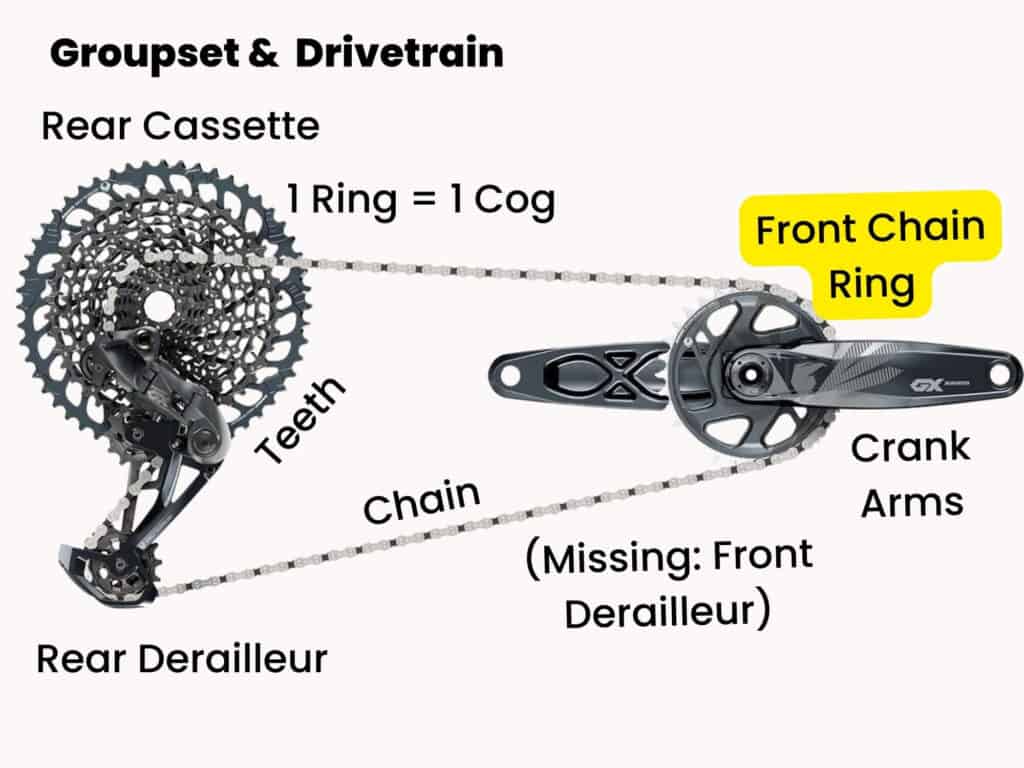
The front chainring or chainrings on a bicycle are the toothed circular discs that are attached to the crankset and mesh with the bicycle chain.
They are responsible for transferring the power generated by the rider’s legs to the rear wheel.
Bicycles typically have one, two, or three chainrings, depending on the type of bike and intended use. Road bikes and cyclocross bikes often have two chainrings, while mountain bikes typically have a single chainring for efficiency.
The size of the chainring(s) is an important factor in determining the gear ratio of the bicycle. Larger chainrings provide a higher gear ratio, which is suitable for faster speeds and flatter terrain, while smaller chainrings provide a lower gear ratio, which is suitable for climbing and steeper terrain.
Front Derailleur
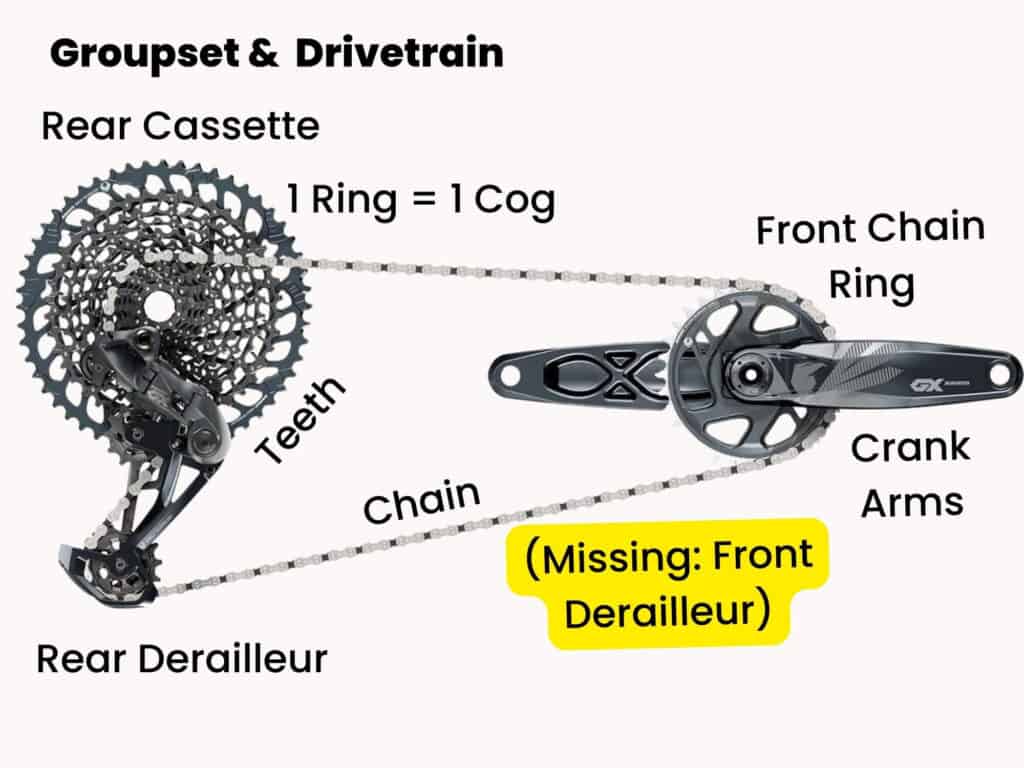
The front derailleur is a component of the drivetrain that is responsible for shifting the chain between the different chainrings attached to the crankset.
The front derailleur is typically mounted on the seat tube of the bicycle frame and consists of a cage that guides the chain between the chainrings and a mechanism that moves the cage laterally to shift the chain.
When the rider shifts the front derailleur, a cable is pulled or released, causing the derailleur to move the chain from one chainring to another. The front derailleur is typically operated by a shifter on the handlebars that controls the tension on the derailleur cable.
Some modern bicycles, particularly mountain bikes, feature a single front chainring and do not require a front derailleur, which simplifies the drivetrain and reduces weight.
Pedals
(not shown on diagram)
Pedals serve as the connection point between the rider’s feet and the bike’s drivetrain. Positioned on the crank arms, which are attached to the bicycle’s bottom bracket, pedals play a crucial role in generating forward motion.
The primary function of pedals is to transfer the power and energy generated by the rider’s leg muscles into rotational motion.
As the rider pushes down on the pedals, they rotate in a circular motion. This rotation, through the crank arms and bottom bracket, ultimately drives the bike’s chain, which then transfers the energy to the rear wheel, propelling the bicycle forward.
Rear Cassette
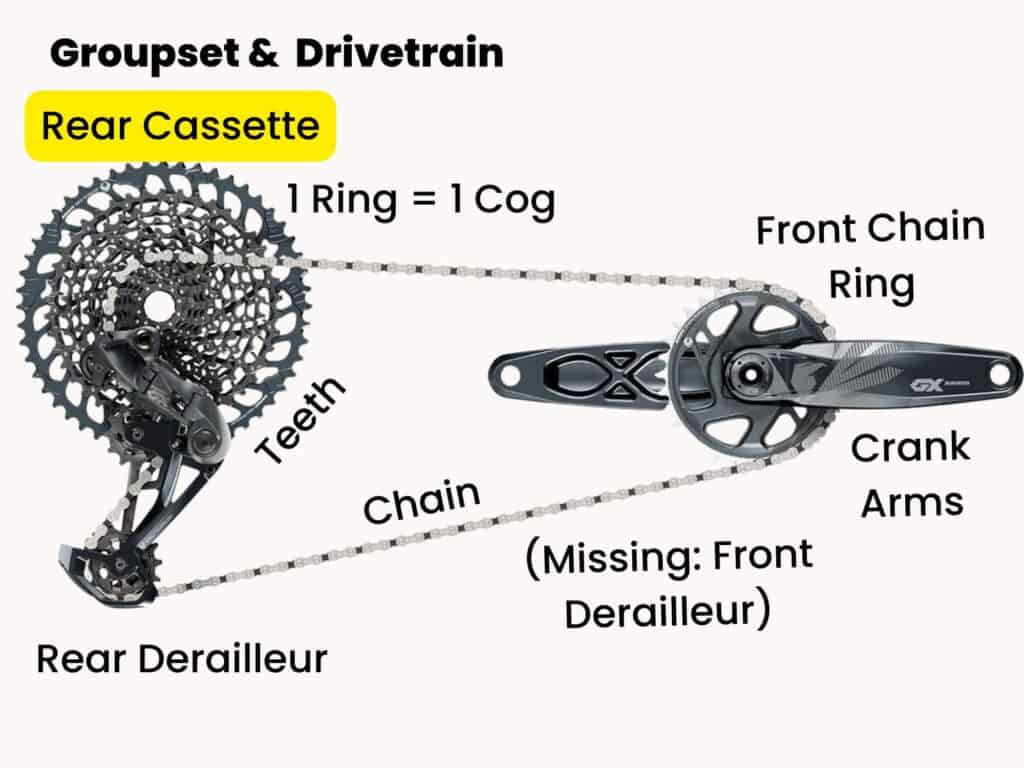
The rear cassette is a collection of cogs, or sprockets, that are attached to the rear wheel hub. The cassette is located on the right-hand side of the rear wheel and is held in place by a cassette lockring.
The cassette consists of several sprockets of varying sizes, typically ranging from 9 to 12 in number, each with teeth that mesh with the bicycle chain.
The size of the sprockets determines the gear ratio of the bicycle, with larger sprockets providing a higher gear ratio suitable for faster speeds and flatter terrain, and smaller sprockets providing a lower gear ratio suitable for climbing and steeper terrain.
Shifting gears on the cassette is accomplished by operating the rear derailleur, which moves the chain between the sprockets.
Rear Derailleur
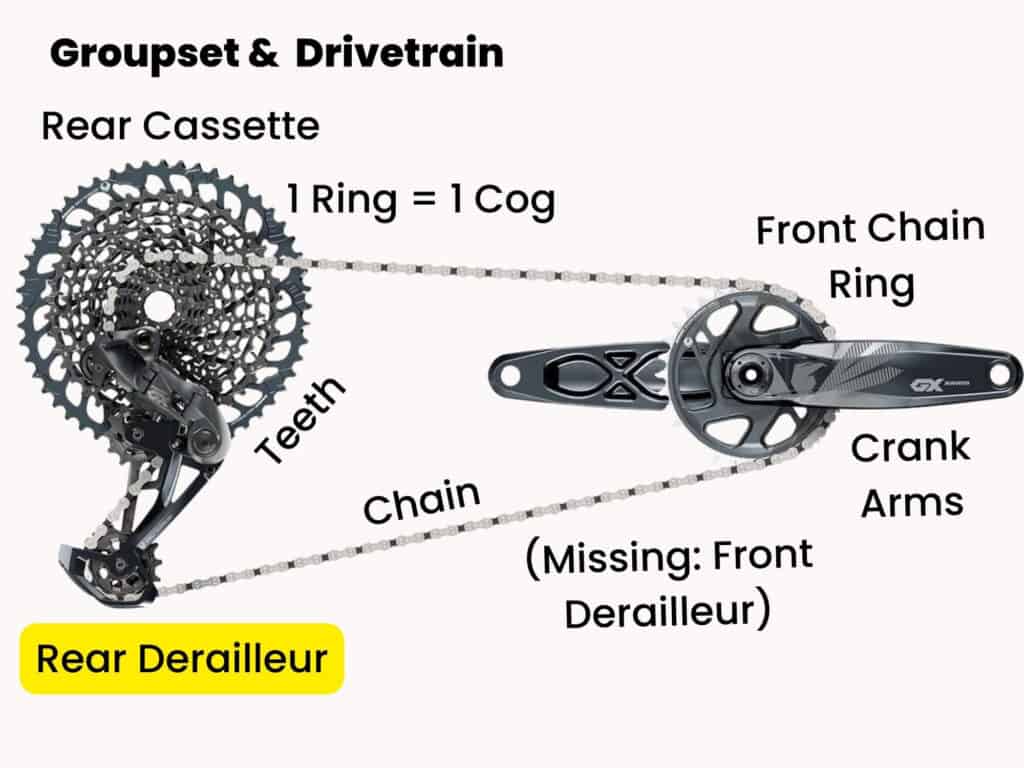
The rear derailleur is a component of the drivetrain that is responsible for shifting the chain between the different sprockets on the rear cassette attached to the rear wheel.
The rear derailleur is typically mounted on the rear derailleur hanger of the bicycle frame and consists of a jockey system that guides the chain between the cogs.
The rear derailleur is typically operated by a shifter on the handlebars that controls the tension on the derailleur cable.
Teeth
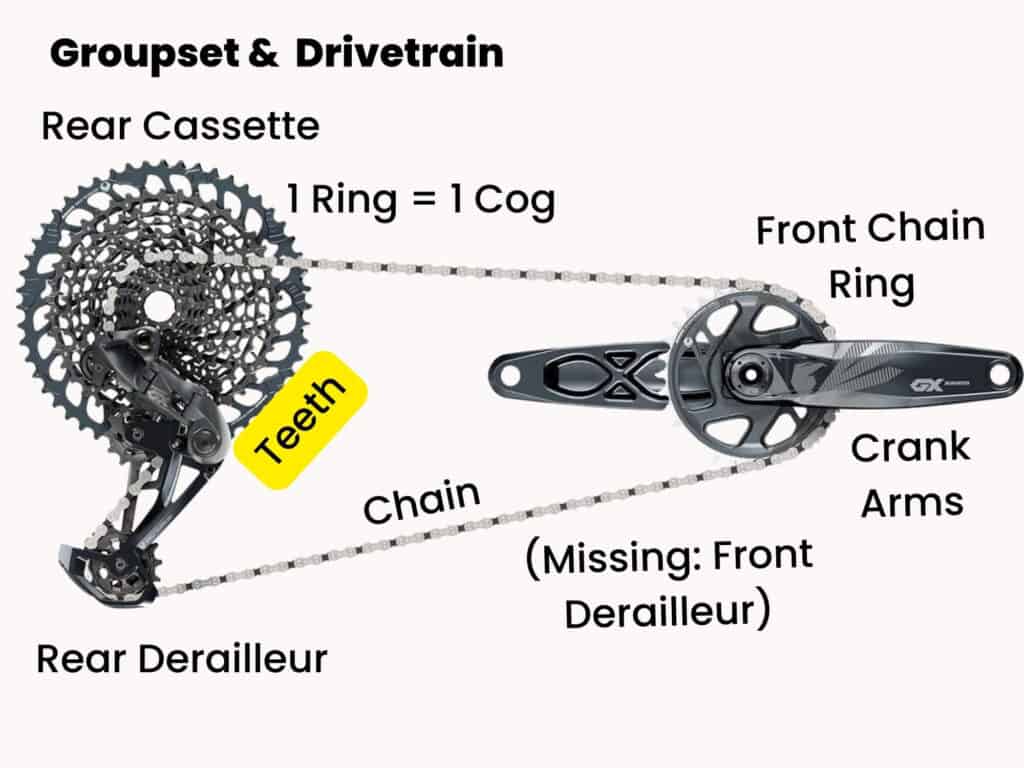
“Teeth” refers to the small, pointed projections on the chainrings and sprockets that mesh with the links of the bicycle chain.
The number and arrangement of the teeth on the chainrings and sprockets determine the gear ratios available on the bicycle, with larger chainrings and sprockets providing higher gears for faster speeds on flat terrain, and smaller chainrings and sprockets providing lower gears for easier climbing and better control on steep or technical terrain.
Bike wheel parts
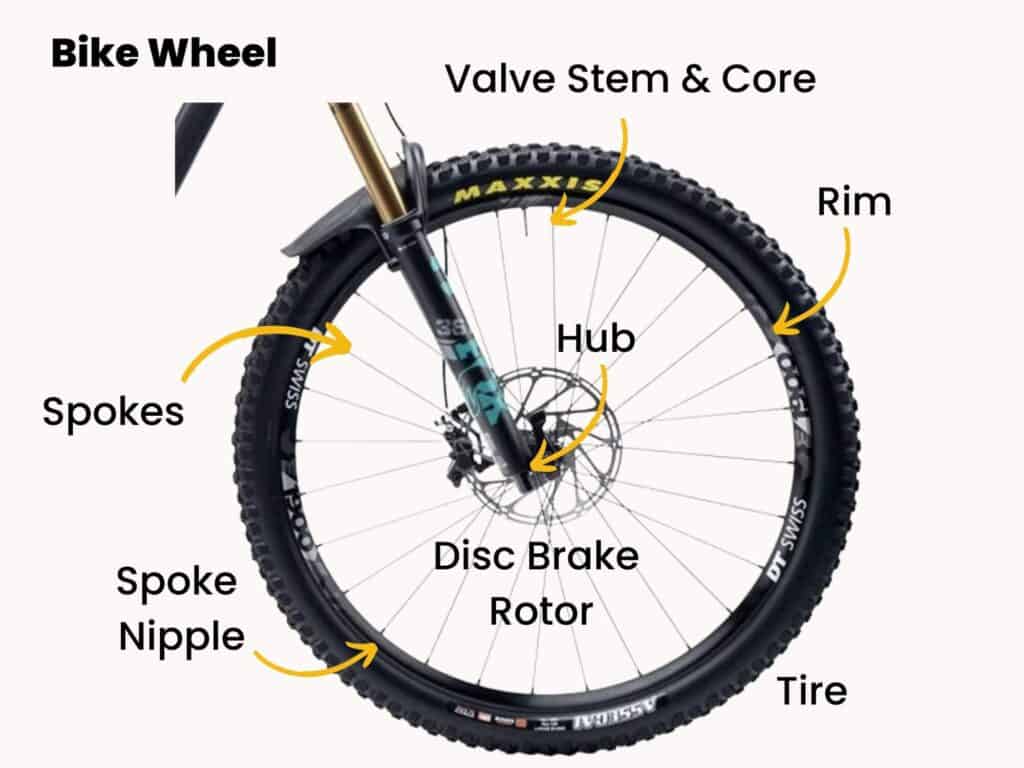
Disc Brake Rotor
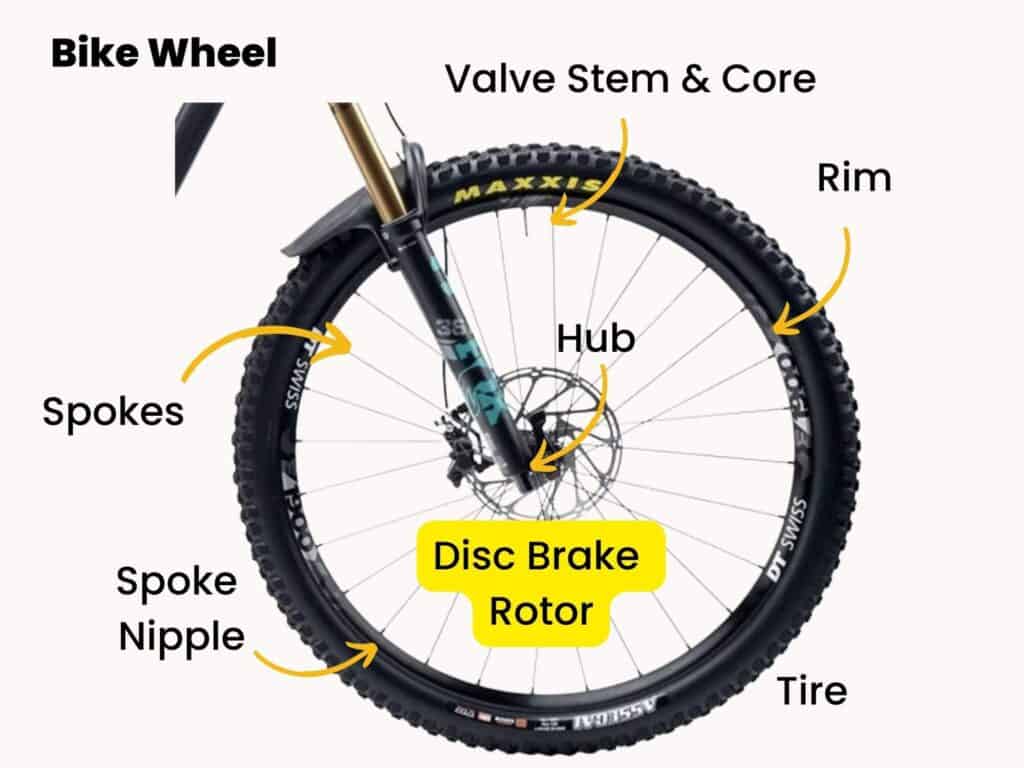
A disc brake rotor is a component of a bicycle’s disc brake system that is responsible for stopping the wheel. It is a circular metal disc that is mounted to the hub of the wheel and spins along with it.
When the brake lever is squeezed, brake calipers mounted to the bicycle frame or fork squeeze brake pads against the rotor, creating friction that slows or stops the wheel.
Hubs
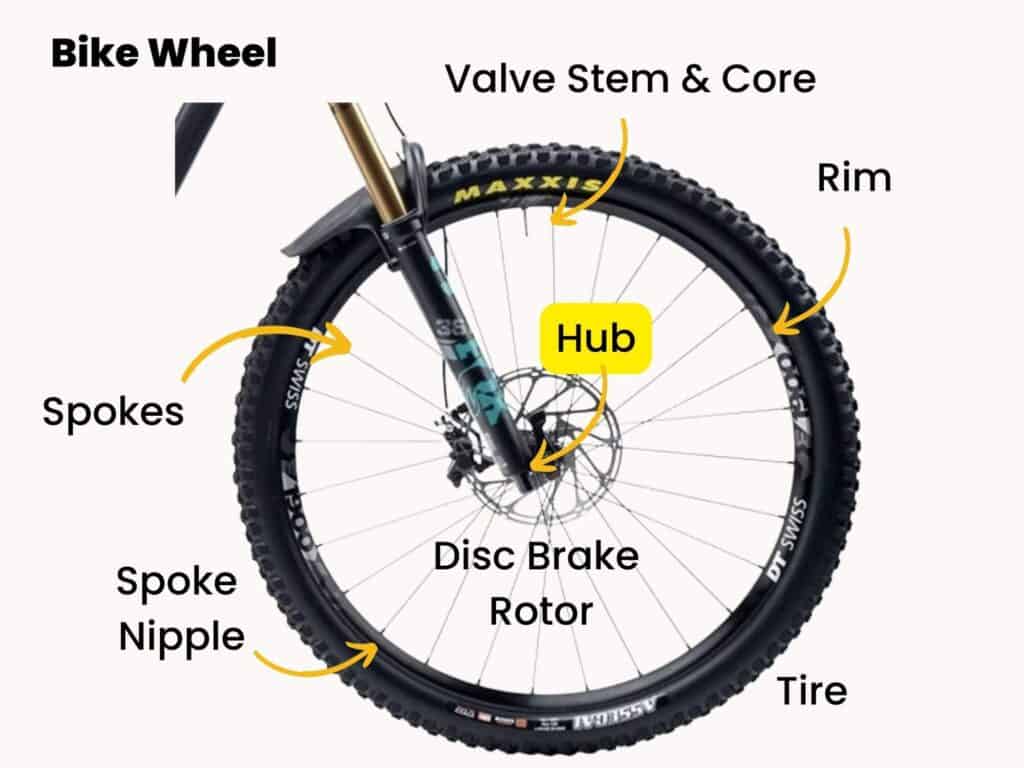
The hubs are the central components of a bicycle wheel that allow it to rotate freely around the axle. They are located at the center of the wheel and consist of an outer shell or body, which contains the bearings and attaches to the spokes, and an inner axle, which passes through the center of the body and attaches to the bicycle frame or fork.
Rim
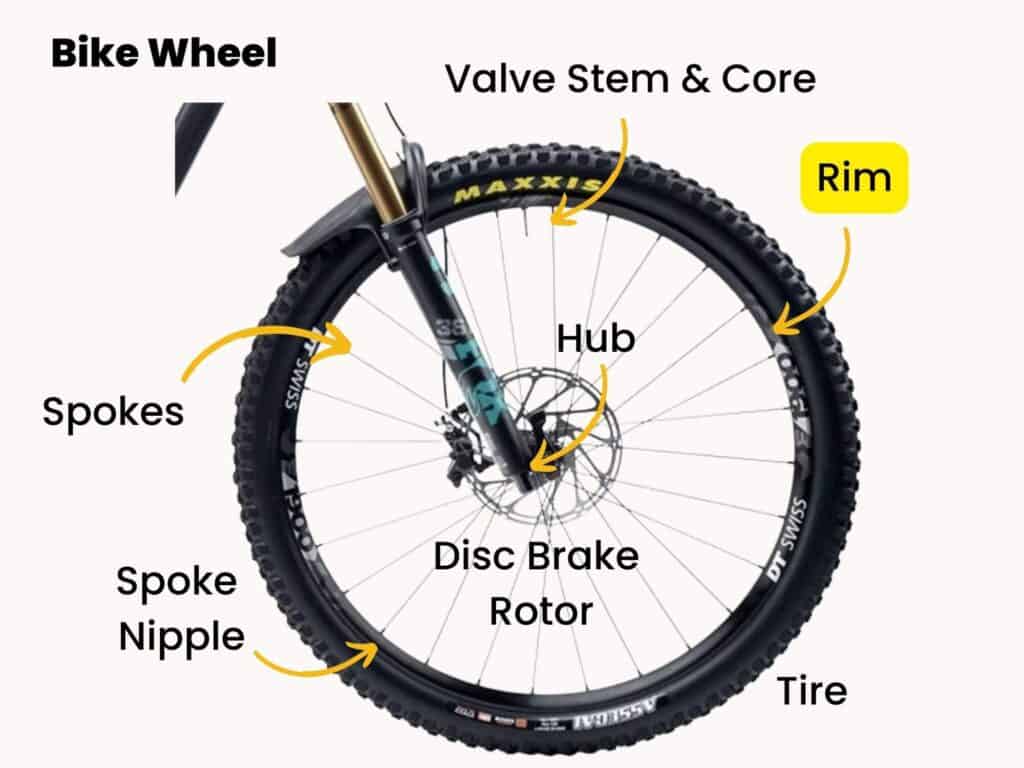
The rim is the outermost component of a bicycle wheel that holds the tire and provides a surface for the brake pads to contact in rim brake systems.
It is typically made of aluminum, carbon fiber, or steel, and consists of a circular hoop that is laced to the hub by a series of spokes.
Some rims are designed for specific types of riding, such as mountain biking, road racing, or touring, and can feature reinforced sections, extra spokes, or other features to improve durability or performance.
The rim also plays a crucial role in tire compatibility, with different rim widths and designs working best with certain tire sizes and types. It is important to match the tire and rim correctly to ensure proper fit, performance, and safety.
Spoke Nipple
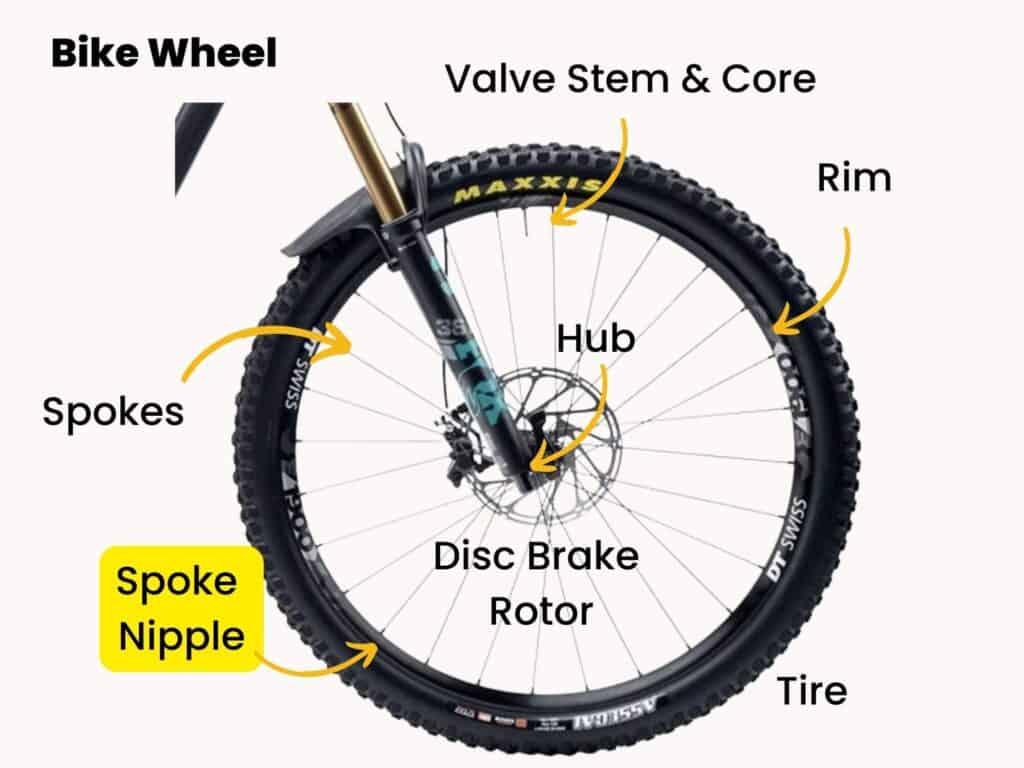
The spoke nipple is a small, threaded component that is located at the rim end of a bicycle spoke. It acts as a connector between the spoke and the rim, allowing the spoke tension to be adjusted and the wheel trued.
Spokes
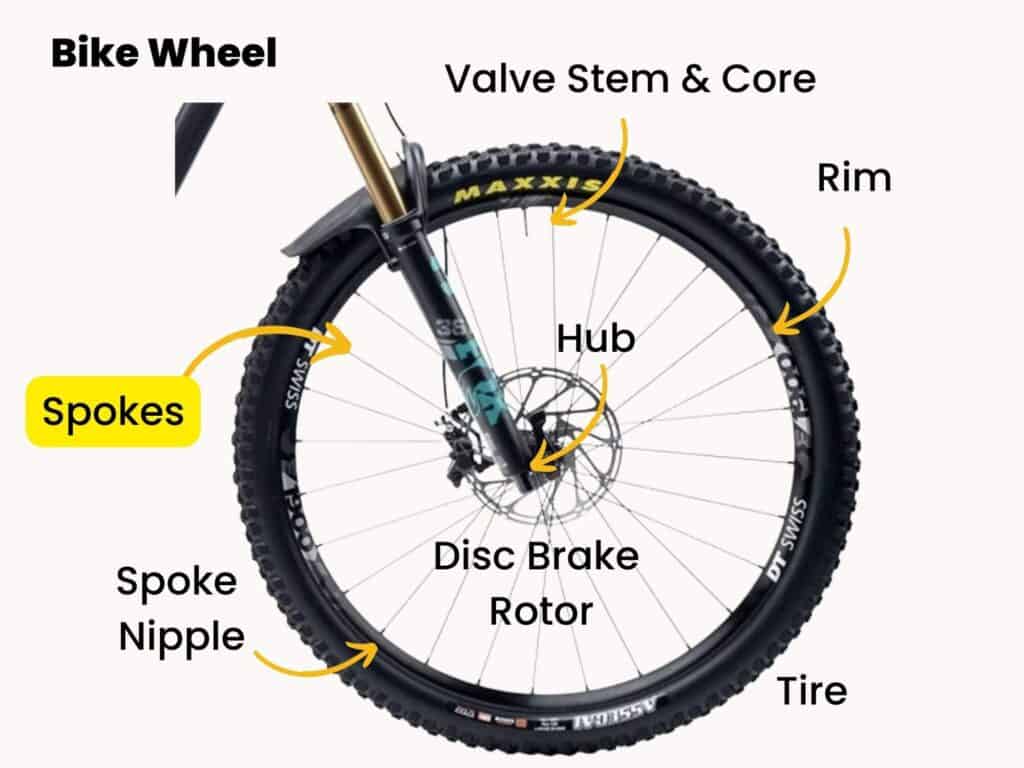
Spokes are the thin, elongated metal rods that connect the hub of a bicycle wheel to its rim.
They are arranged radially around the hub, with each spoke passing through a hole in the rim and attached to a spoke nipple.
Spokes work together to support the weight of the rider and the bike and to transmit power from the hub to the rim during pedaling.
The number of spokes used in a wheel can vary, depending on the type of bike, the rider’s weight, and the intended use of the wheel.
High-performance road bike wheels typically have fewer spokes (around 16-24) to reduce weight and improve aerodynamics, while mountain bike wheels or touring bike wheels may have more spokes (up to 36 or more) to increase strength and durability.
Tire
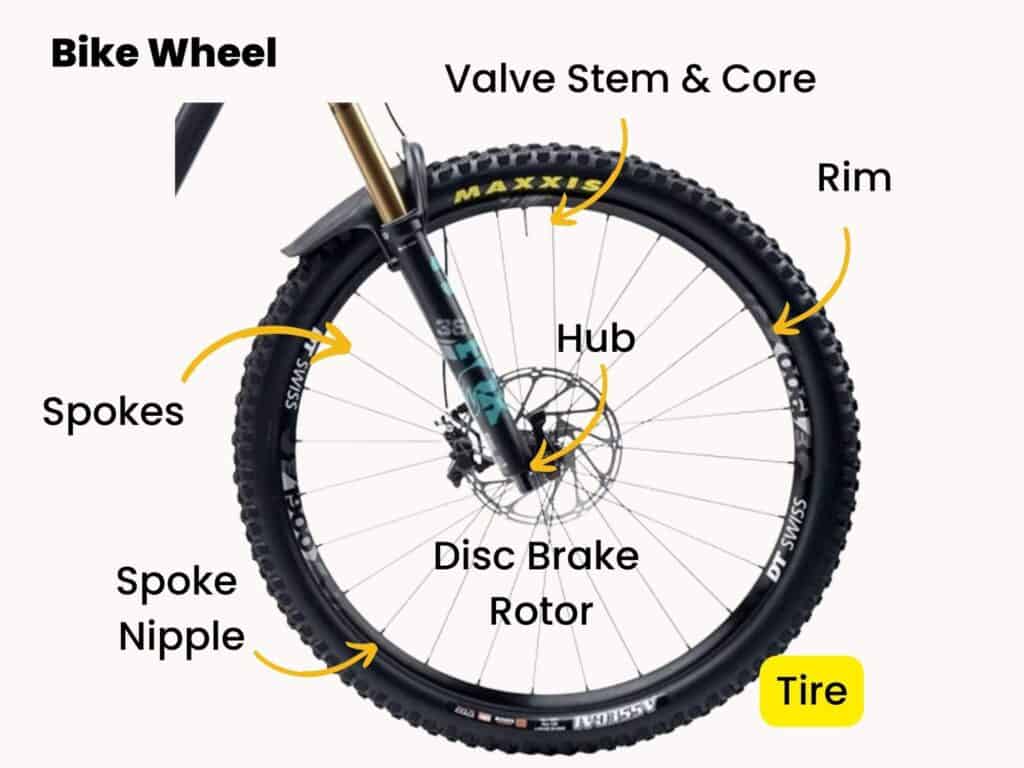
The tire is the rubber outer layer that surrounds the rim of a bicycle wheel and makes contact with the ground. It is one of the most important components of a bicycle, as it directly affects the bike’s handling, ride quality, and performance.
Bicycle tires come in a wide range of sizes, widths, and tread patterns to suit different riding conditions, terrains, and styles.
Common types of bicycle tires include road tires, which are designed for smooth, fast riding on pavement; mountain bike tires, which are wider and have more aggressive tread patterns for better traction on rough off-road terrain; and hybrid tires, which are designed for a mix of on-road and light off-road riding.
Tires are typically made of rubber and are reinforced with layers of fabric or synthetic materials for strength and durability.
Tires can be inflated via an inner bike tube or they can be tubeless, which involves sealing the rim with rim tape and injecting tire sealant.
Valve Stem & Valve Core
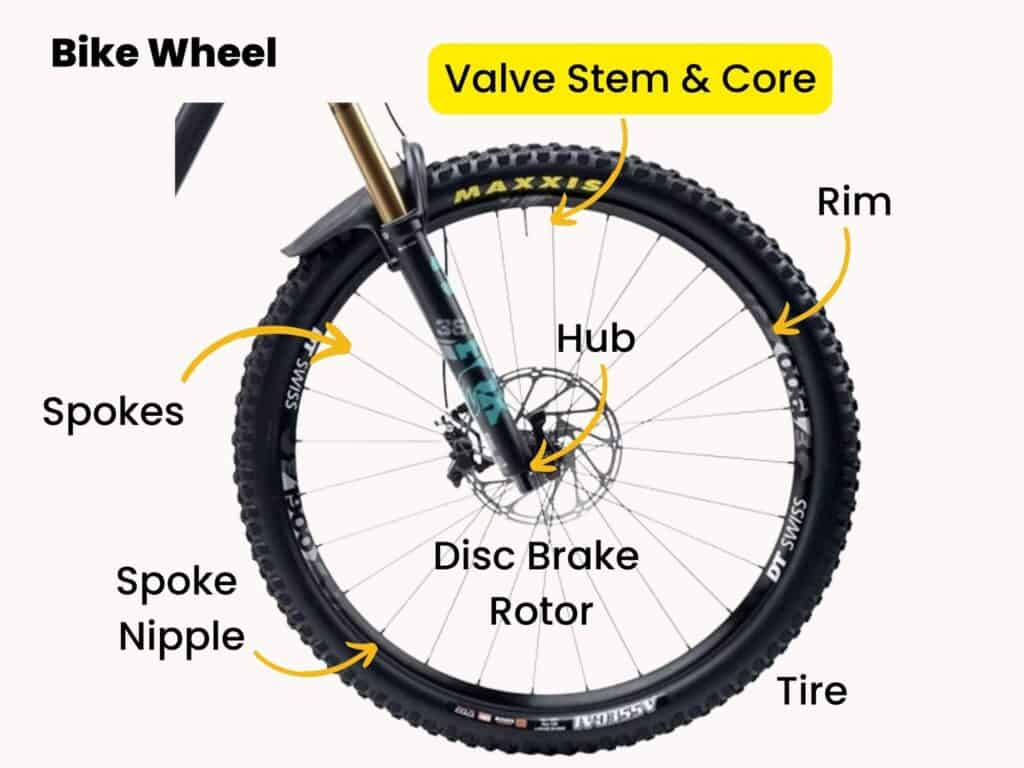
The valve stem and valve core are two components of a bicycle wheel’s valve system that allow for inflation and deflation of the tire.
The valve stem is a metal tube that protrudes through a hole in the rim and provides access to the valve core. It typically has a threaded base that allows it to be secured to the rim and a valve cap that helps keep debris out of the valve.
The valve core is a small, removable component that screws into the valve stem and controls the flow of air in and out of the tire. It consists of a spring-loaded pin that opens and closes the valve when a pump is attached to the valve stem. The valve core can be easily removed with a valve core tool for maintenance or replacement.
The most common types of valve stems used on bicycle wheels are Presta valves and Schrader valves. Presta valves are narrower and have a threaded tip that requires a valve nut to be loosened before inflating the tire. Schrader valves are wider and have a spring-loaded pin that is depressed by the pump head to allow air to enter the tire.
Bike seat parts
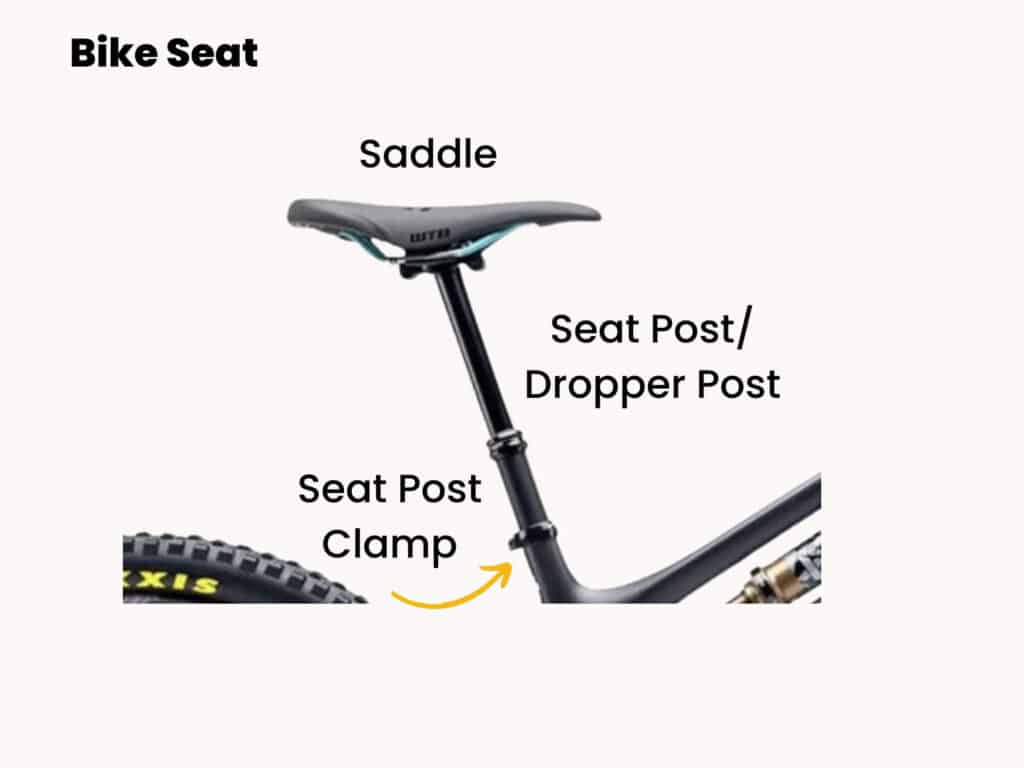
Saddle
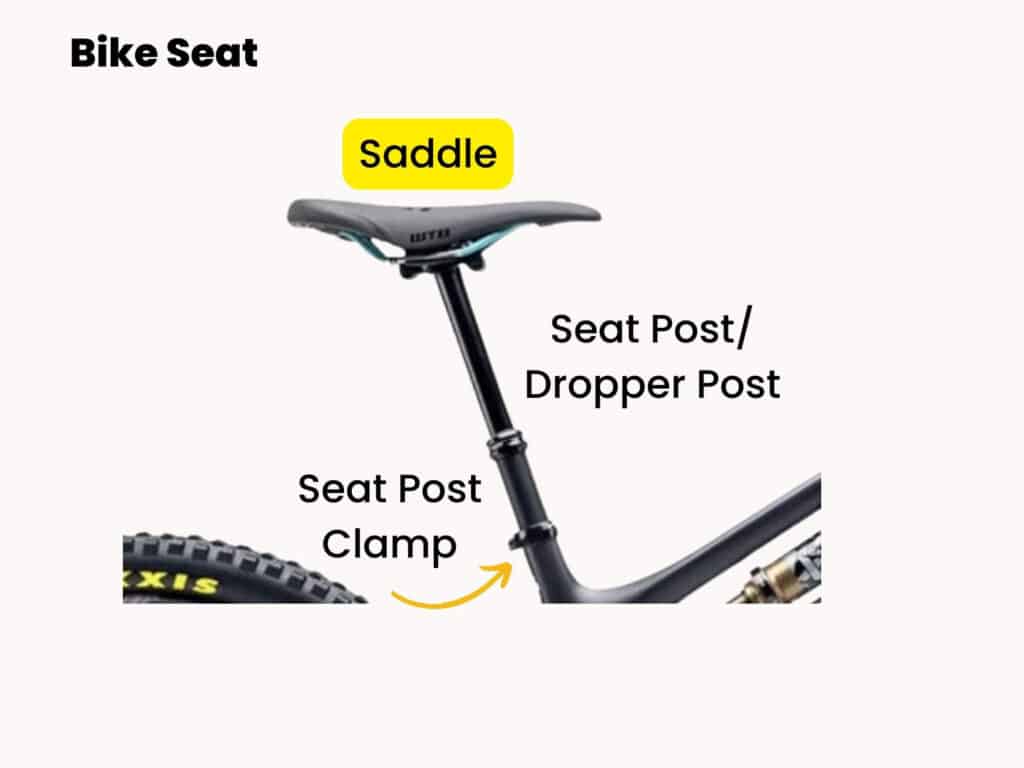
The saddle, also known as the bike seat, is the component of a bicycle that the rider sits on.
It is typically mounted on top of the seat post, which is attached to the frame of the bicycle.
The saddle is designed to provide a comfortable and stable platform for the rider, and is often adjustable to allow for a customized fit.
Bicycle saddles come in a variety of shapes, sizes, and materials, and can be tailored to suit different riding styles and preferences.
Some saddles are designed for racing and are lightweight and minimalist, while others are designed for comfort and have added padding and support.
A well-fitted and comfortable saddle can make riding more enjoyable and reduce the risk of injury or discomfort, while an ill-fitted or uncomfortable saddle can lead to discomfort, pain, and reduced performance.
Seat Post Clamp
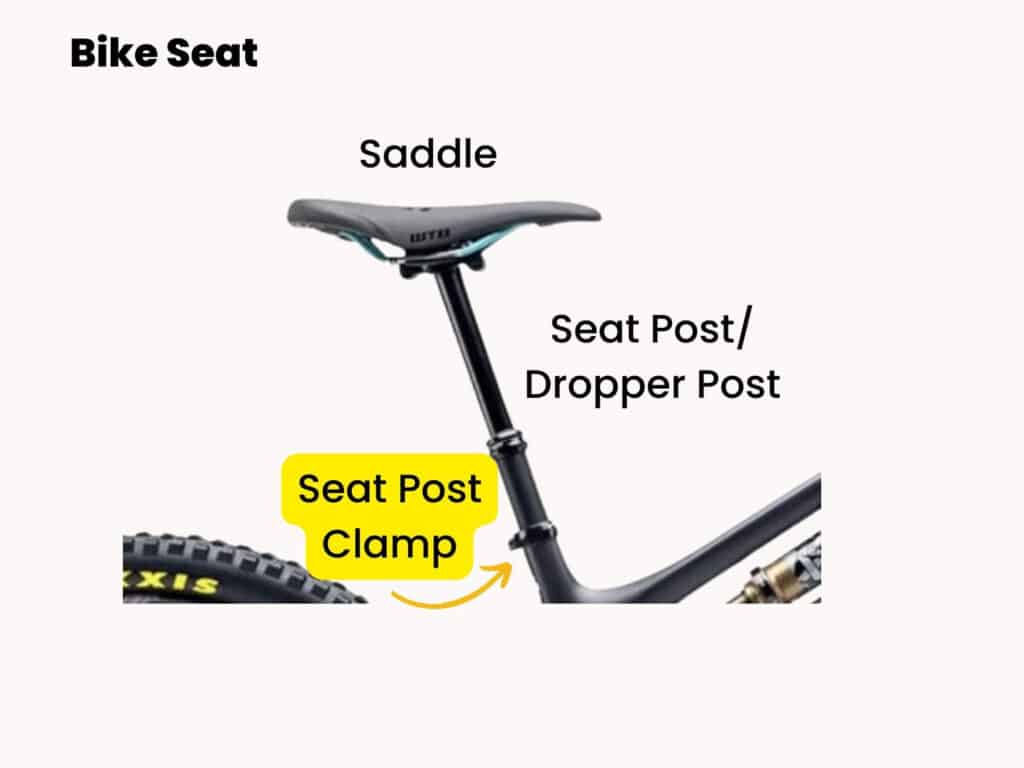
The seat post clamp is used to secure the seat post to the frame. It typically consists of a collar or clamp that is attached to the frame of the bike and tightened around the seat post with a bolt or quick-release lever.
The purpose of the seat post clamp is to hold the seat post securely in place while the rider is cycling. It is important that the clamp is tightened sufficiently to prevent the seat post from moving or rotating during use, which can cause discomfort or even safety issues.
Seat Post
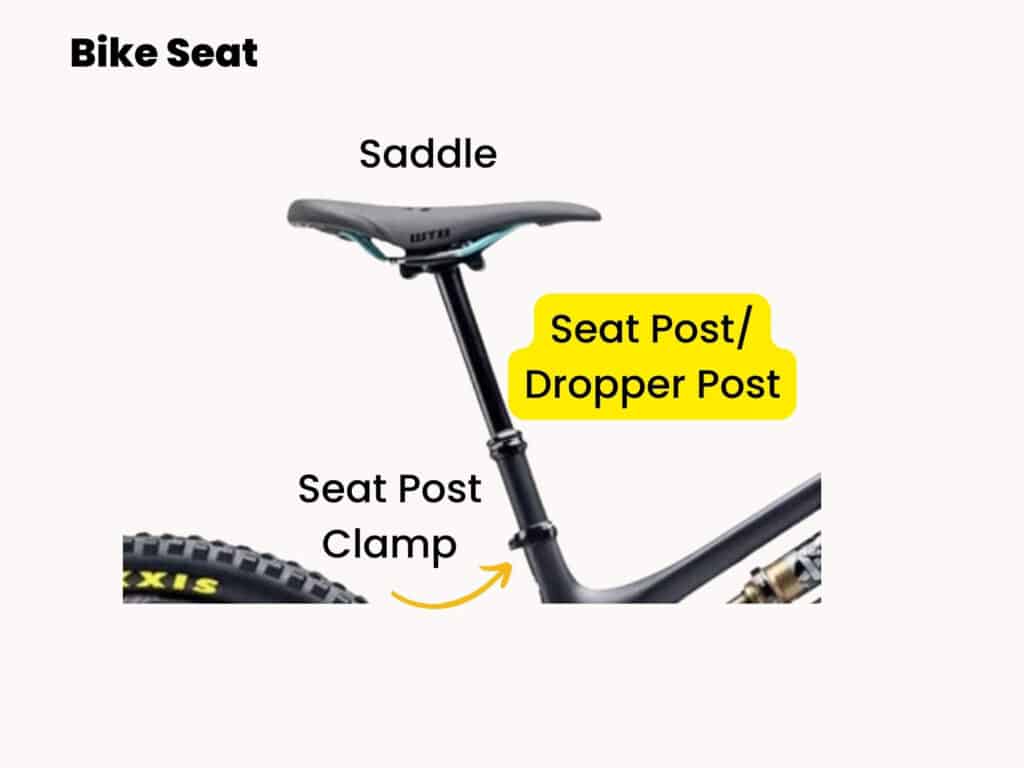
The seat post attaches the saddle to the frame. It is a long cylindrical tube that inserts into the seat tube of the frame and extends upward.
The saddle is then mounted onto the top of the seat post, allowing the rider to sit on the bike and pedal.
A dropper post is a type of seat post that can be adjusted to different heights while riding. This allows the rider to quickly and easily raise or lower the saddle as needed, depending on the terrain or riding conditions.
A dropper post is typically controlled by a lever mounted on the handlebars, which activates a mechanism inside the post to adjust the height of the saddle.
RELATED POSTS
Looking to increase your knowledge about bikes? Check out these related blog posts:
What questions do you still have about bike anatomy? What parts of a bike would you add to this list? Drop a comment below!

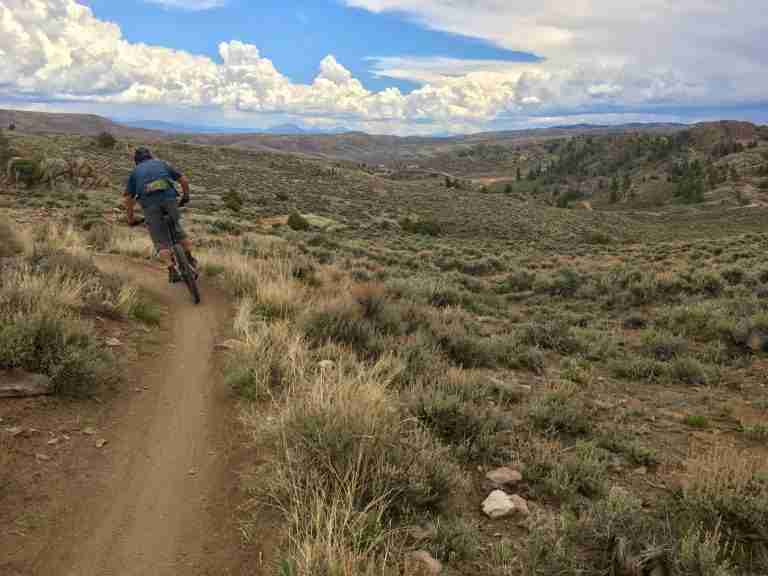
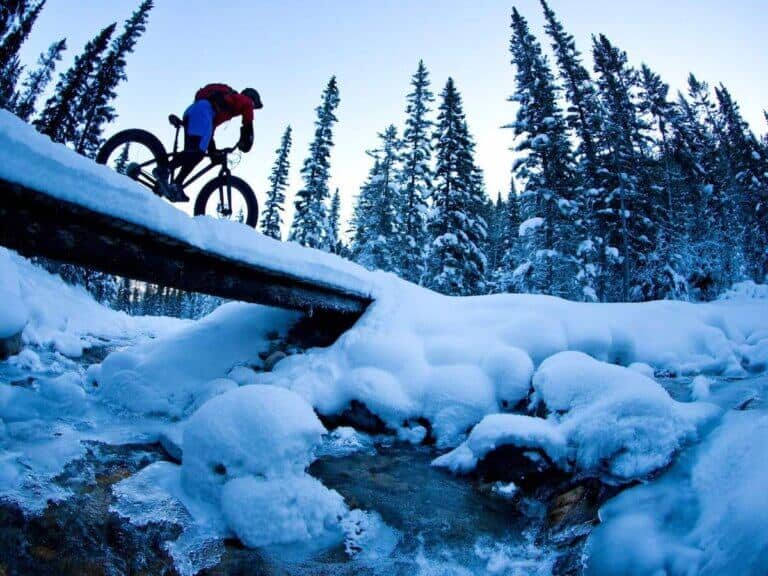
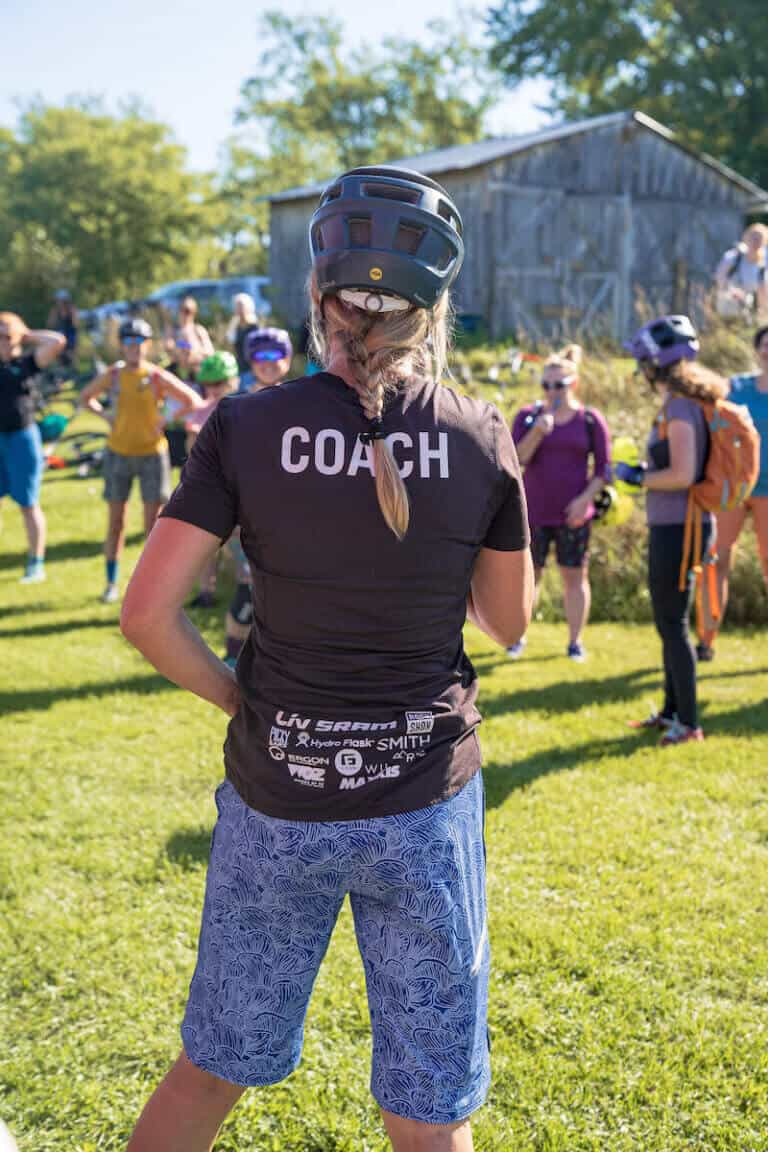

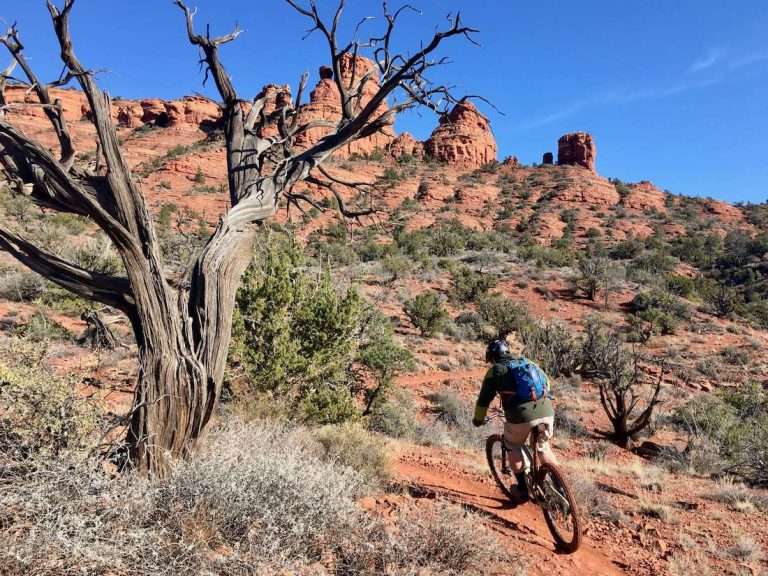
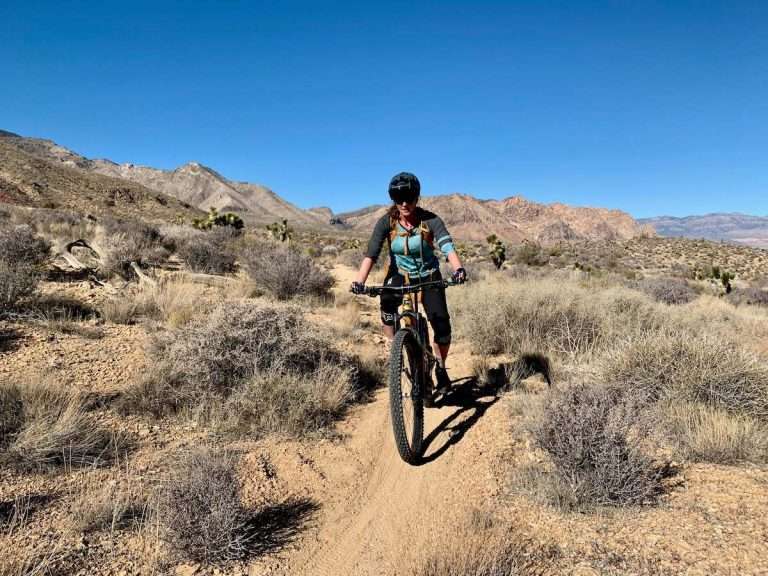
I love hearing from you and appreciate your comments! However, if you leave a rude, unconstructive, or spammy comment, it will be deleted. It’s cool to be kind. Have an awesome day!